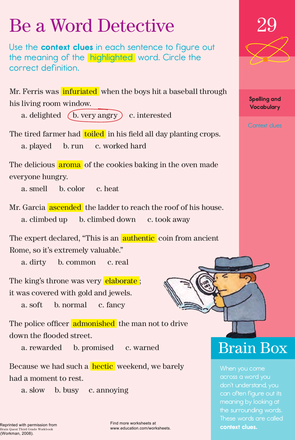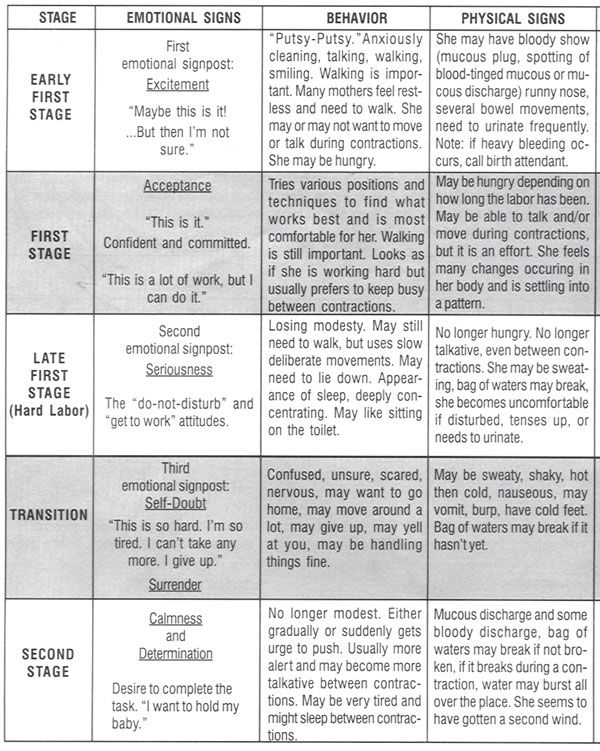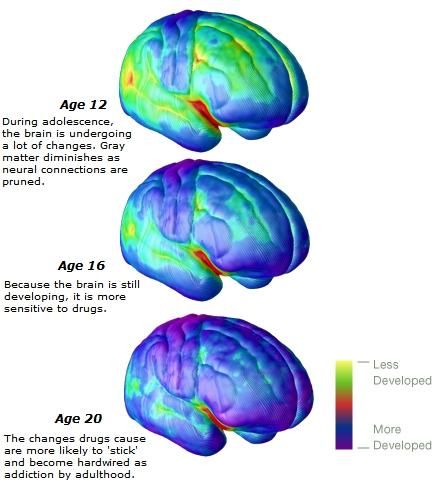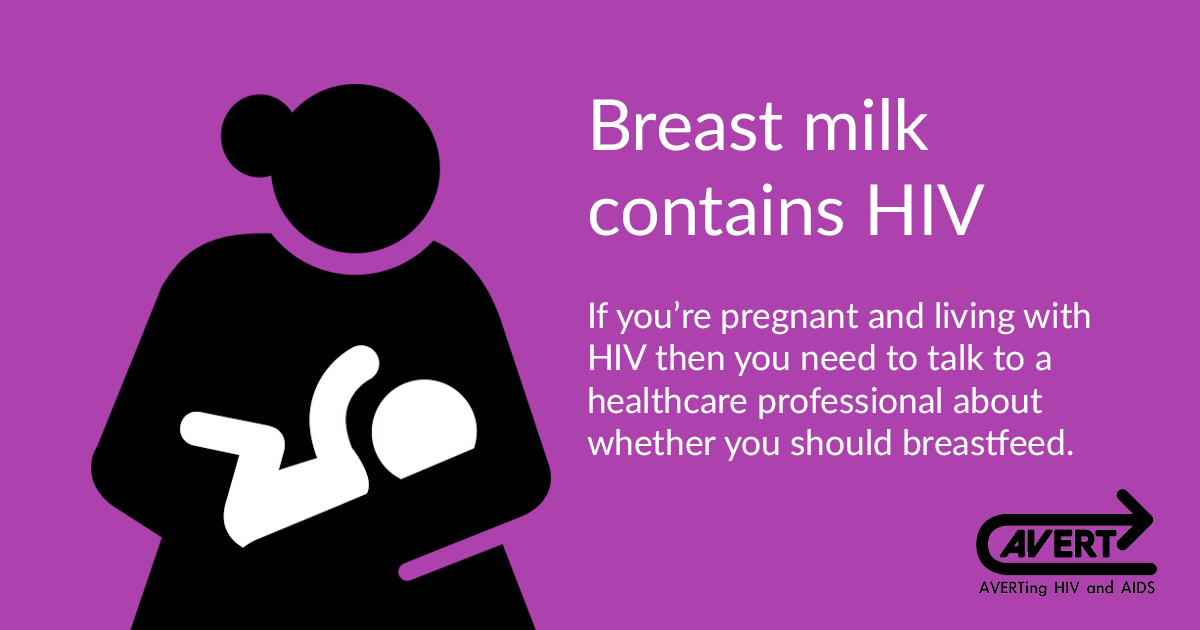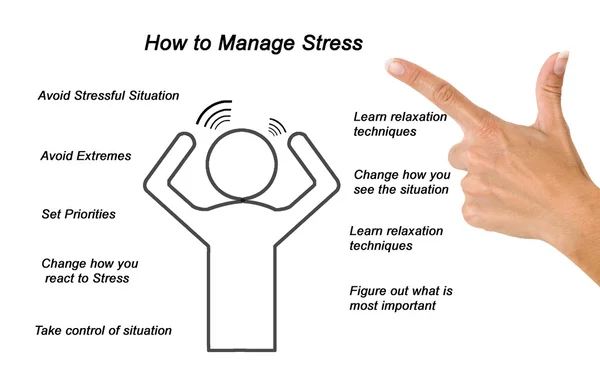How to get your child reading at grade level
How To Determine Your Child’s Reading Level And Choose The Best Books
When you sit down to read a book, you want to enjoy the story in front of you. The same is true for your child. That’s why uncovering your child’s reading level is an important step in fostering their love of words from a young age!
Consider the different factors that allow kids to enjoy the books they read. For example, does it tie into their interests, and is it slated as an appropriate option for their level? By answering these questions, you can make sure they’re reading books that are just right for them!
If your child is in school, you’re probably no stranger to jargon like “reading level.” But what exactly does Lexile Framework, Guided Reading Levels (GRL), or Developmental Reading Assessment (DRA) actually mean?
Additionally, if your child is just starting to read on their own (or already reading independently) and is learning from home, how can you figure out what reading level is right for them? If any of these thoughts have crossed your mind, you’ve come to the right place.
We’re here to answer your questions so you and your child can sit down and enjoy a good book together!
What Is A Reading Level?
A reading level is simply a measure of your child’s ability to read text. It reflects how well your little one can read independently. Importantly, reading levels help you choose books that are a good match for your child while still presenting a challenge.
Keep in mind these levels are meant to be helpful, not stressful. They don’t limit your child, but, rather, help them blossom into a fluent, excited reader.
When your child reads books that are appropriate for their current reading level, it boosts their confidence so they can truly enjoy reading! Also, knowing what level your child is at allows you to work with them to improve their skills.
That being said, it’s important to remember that children are unique and develop differently. Comparing your child to their peers isn’t necessarily the best approach when trying to assess their reading ability.
Why Is Determining Reading Level Important?
It’s helpful to determine your child’s reading level so you can find books that are appropriate for them to read on their own: not too difficult but challenging enough to encourage growth.
Reading level classification is a convenient tool you can use when searching online or at the library. And when you provide books that are on your child’s level, you create excitement and build their confidence, which can lead to a lifetime love of learning and reading!
If you’re looking for ways to help your little one read at the best level for them, Our new app HOMER Learn & Grow has a Stories section that gives age-appropriate story recommendations!
This is a great resource that takes your child’s specific interests and recommends stories just for them. What’s more, your child can choose to read along or read on their own.
How Is Your Child’s Reading Level Measured?
Your child’s reading level is usually measured at their school in first or second grade, and we’ll show you how that’s done. Here’s a tip: since your child’s teacher knows their reading level, consider asking the teacher (or the school librarian) for books your child can read at home.
Here’s a tip: since your child’s teacher knows their reading level, consider asking the teacher (or the school librarian) for books your child can read at home.
Don’t worry if your child isn’t in school yet or if they’re homeschooled. We’ll show you how you can measure their reading level at home, too!
Before we dive in, it’s important to note that we think of books for kids at three levels: independent reading, instructional reading, and frustrating to read.
As the names indicate, independent reading books are ones a child can read with ease and without support from an adult.
Instructional ones are the books just above independent that teachers might use to stretch a child’s reading as they offer support while the child makes that next step. Finally, frustrating books are too hard for a child to read even with adult guidance.
Now that you have an idea of how to think of the different books your child might encounter, let’s talk about the tools used for determining or describing reading levels.
Lexile Framework For Reading
Lexile Framework For Reading is an educational tool that ranks books by order of their difficulty using a scale called a Lexile. Usually, your child’s teacher will determine their Lexile reading level and then choose books that have a matching score.
The Lexile score, or measure, describes your child’s reading ability and matches them with books and other reading materials. This measure ranges anywhere from 0L to 2000L.
Kids are encouraged to read within their Lexile “range” — 50L above to 100L below their actual level. For instance, if your little one is reading with a Lexile measure of 500L, they would read books ranging anywhere from 400L to 550L.
Using standardized assessments, schools will often measure a child’s reading level several times a year to help them select books that are appropriate for independent reading.
Guided Reading Levels (GRL)
GRL is a guided reading system used in some schools.
To determine reading levels using GRL, children sit one-on-one with their teacher and read from a book that’s considered standard for their grade level — a “benchmark” book.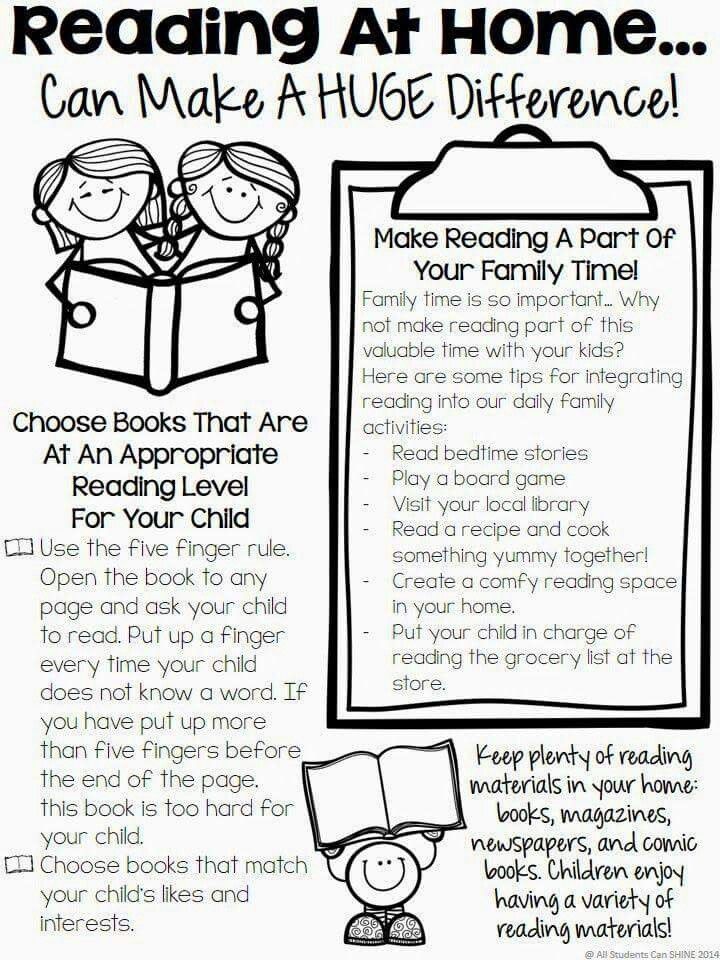 GRL books range from A to Z with A being the easiest.
GRL books range from A to Z with A being the easiest.
While reading these books, the teacher will take notes on any missed words and ask comprehension questions, such as, “When did the story take place?” or, “What was the problem in the story?”.
Through guided instruction, the teacher will gradually move children into more difficult books.
Developmental Reading Assessment (DRA)
DRA is a standardized reading test given by teachers or reading specialists. As with GRL, children sit individually with the test administrator and read a book.
Several factors are taken into consideration to determine reading level, including:
- Reading comprehension
- Phonemic awareness
- Fluency
DRA books are labeled with an A for the easiest books and then move into a numerical grading system. The levels range from 1 to 80 with 1-3 representing a kindergarten reading level and 80 representing an eighth-grade reading level.
Once a child has a DRA or a GRL level, a teacher or parent can search for the reading level of any particular book and can usually discover either the Lexile, DRA, or GRL of that particular text.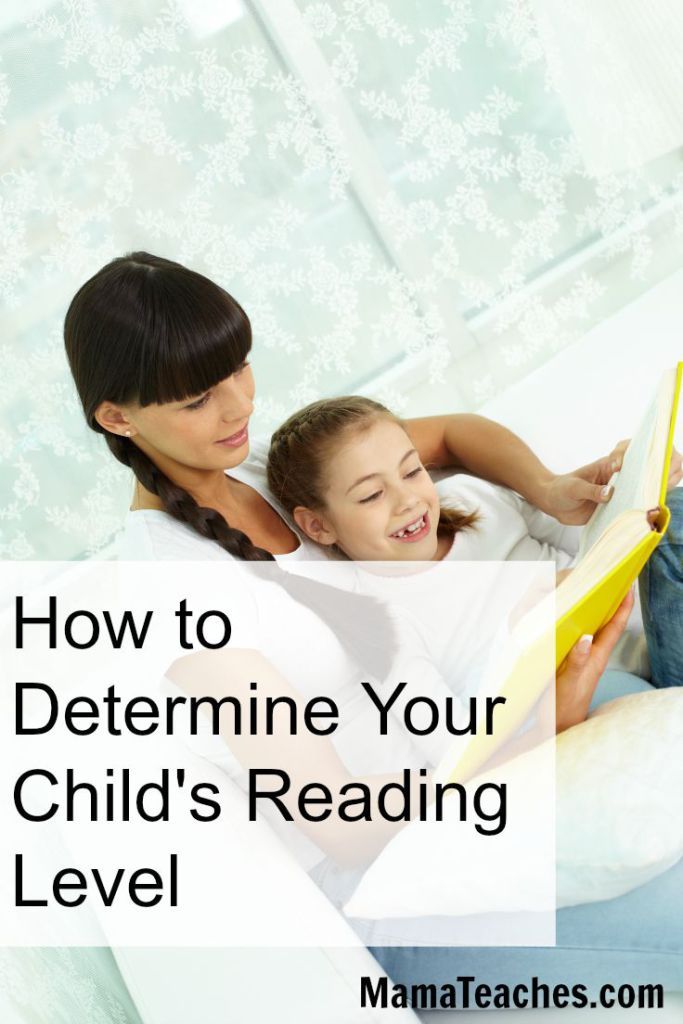 Here’s a chart for your reference.
Here’s a chart for your reference.
At-Home Reading Levels
If you’re looking for a way to find out your child’s reading level without using any of the methods listed above, you might try the five-finger rule.
For the five-finger rule, choose a book and flip to any page. If your child seems to have trouble reading more than five words on the page, it’s a good indicator that the book is too advanced for them.
To be sure, though, you can have your child try another page, especially if they seem eager to read a particular book.
This can be a helpful strategy, but it’s OK to let your child try a book and see how the reading goes. If a book is too hard, most kids will figure that out — and there is nothing wrong with reading books that are too easy!
Sometimes a child may be interested in a book that’s a little too hard for them. If this happens, we encourage you to read aloud to your child. You can also read together by alternating pages, paragraphs, or sentences.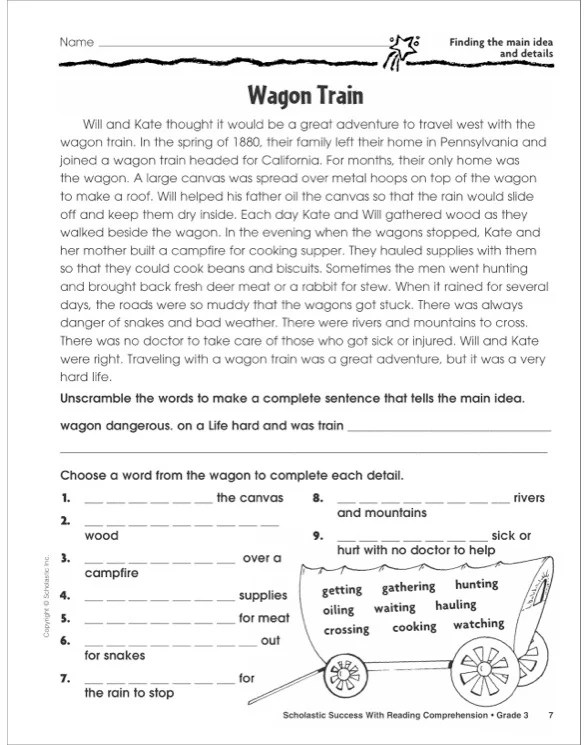
It’s important not to completely avoid books that may be a little above your child’s reading level.
Even if your child struggles a bit to read them without assistance, these books can still be beneficial in helping build their vocabulary, improve comprehension, and increase general knowledge — not to mention, encourage their love of reading!
When your emerging reader seems overwhelmed by one book, you can always give the five-finger rule a try with other books until you find the right match. And if your child is particularly interested in a topic, you can always read the book to them and stop on words you know they can read.
Also remember that when a child is really enjoying a book and highly motivated to read it, they will read at a higher level than if the material is not as interesting to them.
Tip: Most libraries and bookstores have books arranged by reading level so you can easily choose the best one for your emerging reader!
Feel free to ask librarians and knowledgeable staff at bookstores to offer suggestions.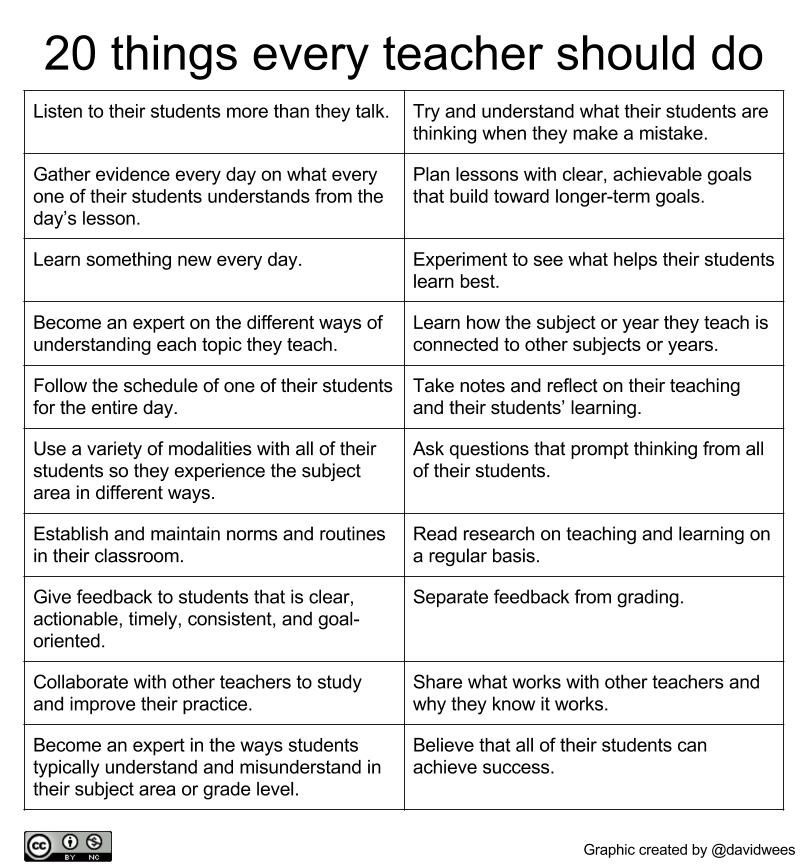 You could even say something like, “My child happily read a Clifford book; can you suggest others at the same level?”
You could even say something like, “My child happily read a Clifford book; can you suggest others at the same level?”
How To Help Your Child Become A Stronger Reader
As we mentioned earlier, you can easily determine your child’s reading level at home so that you can help them choose books that are just right! We suggest incorporating some of the tips below to help your child become a stronger reader.
Start With Clues
- Is your child using “sounding out” techniques to figure out unknown words?
- When your child reads, are they getting tripped up by sight words — common words that are hard to sound out?
- Is your child using pictures to help them understand what is written on the page?
- Is your child using context clues to figure out what word makes sense to come next as they read sentences?
Check Vocabulary
- Play games with your child to see what words they know. For example, say a sentence and point out one word in the sentence.
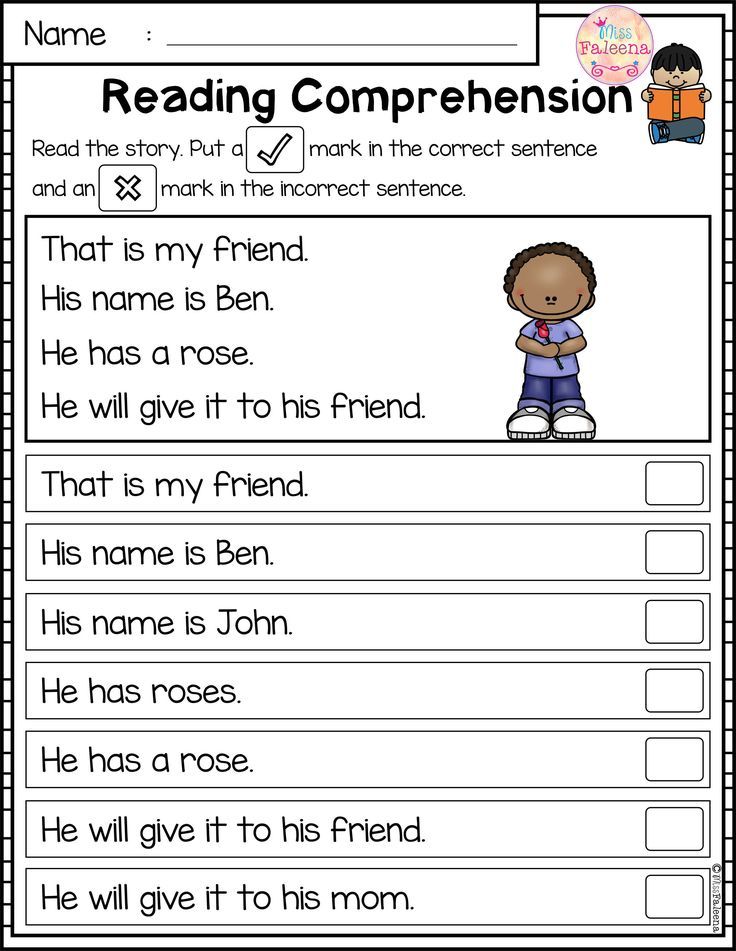 Then ask them if they can come up with a different word (synonym).
Then ask them if they can come up with a different word (synonym). - Play synonym games to see what words your child knows. For example, challenge yourselves to think of 10 or more ways to describe speaking (shout, whisper, mumble).
While you’re talking with your child, describe something specific from your day. Make sure to use interesting adjectives, and don’t hold back from using sophisticated vocabulary when talking with your child.
You can help your child’s vocabulary grow through day-to-day conversations and activities!
Ask Comprehension Questions
Understanding what they read is an important part of your child’s reading journey.
- To check for reading comprehension, we suggest pausing every other page to talk about what you’ve just read. Make this a natural reaction to the story, like you’re thinking aloud about the story or characters, so that it doesn’t feel like a test.
- Consider encouraging your child to act out and retell the story (for younger children).

- Try discussing themes/lessons with your child (for older children). Remember: this isn’t a test, but a conversation between book lovers!
Talk To Your Child
When most people implement strategies to help their children improve their reading skills, they often forget about the importance of verbal communication. It’s essential to talk to your child frequently in short and simple sentences.
This includes singing songs, telling them wonderful stories, reciting fun nursery rhymes, and describing the world around them. All of this exposes children to lots of different words. It also helps them learn that language is a powerful tool for communication.
Discover Your Child’s Favorite Books
- Children often choose books that are a little below their actual reading level. At home, this is a good thing. It keeps reading fun and exciting!
- We recommend choosing books that interest your child — with a certain character or activity they like — so they’re curious and excited about reading.
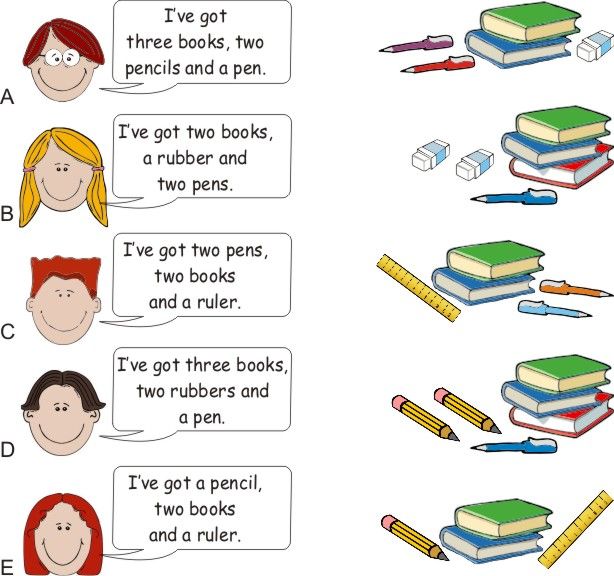
Reading books your child enjoys together can encourage their love of reading. And letting them read those same books to you can boost their confidence over time.
Together, these two activities increase your child’s fluency and reading enjoyment!
Create A Reading Corner
Establishing a reading corner in your house can benefit your child. The setup doesn’t need to be elaborate. This can be a simple, quiet, private area where your child can confidently read independently or with you.
It’s also great for the spot to be well-lit and filled with lots of books your child enjoys reading.
Is Reading The Same Book Over And Over OK?
Just like you might pick up an old favorite book to read, your child may do the same, and that’s OK! At least you know they’re enjoying a good book and the process of reading!
Rereading books can have many benefits for a child, including:
It allows children to get more from the text. Have you ever developed a deeper understanding of a story after rereading it? That’s because the more you engage with a story, the more you can take away from it.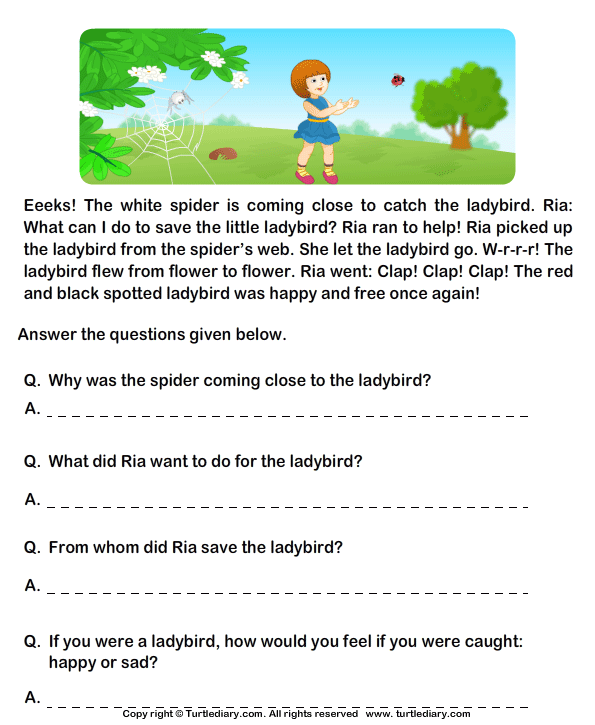
You can pick up on new information, establish connections between yourself and some of the characters, and even improve your understanding of the overall story.
Similarly, allowing your child to read their favorite books for the second, third, fourth (or more) time will enable them to get more from the story.
It also allows for bonding. Did you know that rereading books can help bring your family closer together?
Many of us remember a couple of books that our family read together regularly. This can be a holiday book or a favorite story. Rereading is a great way to get the whole family involved, as everyone can take turns reading and connecting on the same story.
What’s more, reading familiar books can actually help develop a young reader’s fluency. It allows them to learn the words and helps them become familiar with narrative structure or storylines (i.e. beginning, middle, and end), which builds reading comprehension later on.
So feel free to let your child choose the same book over and over!
FAQs About Reading Levels
What Reading Level Should My Child Be In Each Grade?
It’s challenging to answer this question because each child is different and will naturally develop at their own pace.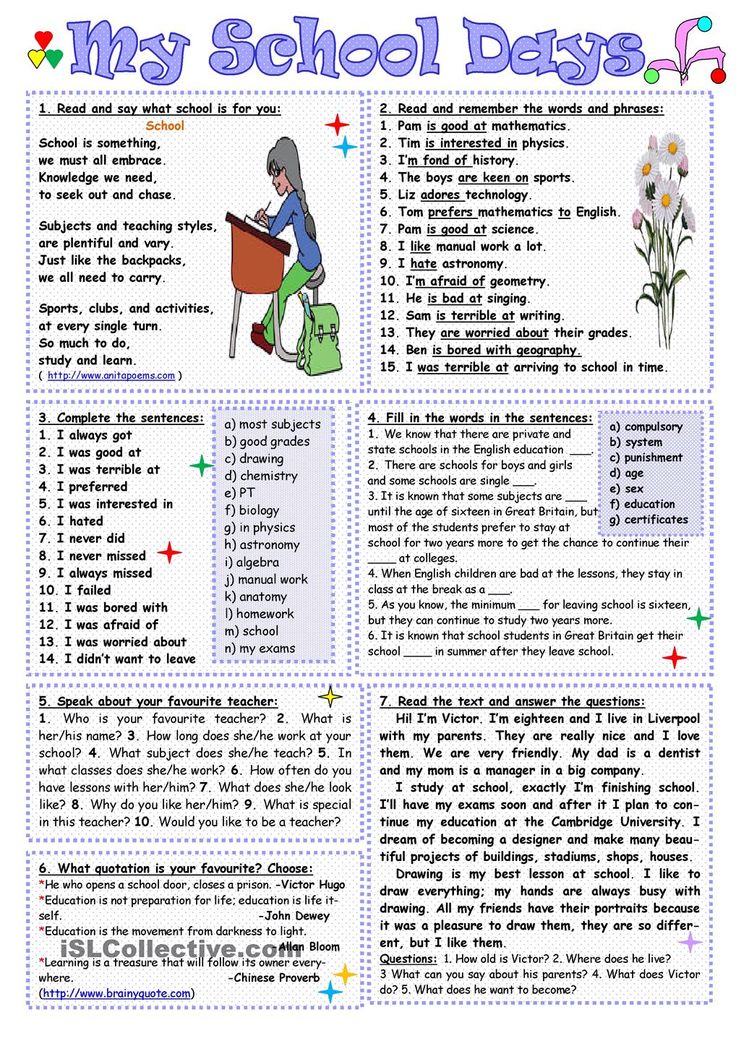 For example, just because your child’s friend has started reading fluently doesn’t mean your child will be able to do that yet.
For example, just because your child’s friend has started reading fluently doesn’t mean your child will be able to do that yet.
While no parent wants their own child to be a little behind compared to their peers, putting too much pressure on them to “catch up” might actually have an adverse effect. In fact, they might feel overwhelmed by the pressure and develop a negative attitude toward reading.
It’s also important to note that there’s no direct link between a certain Lexile measure and a specific grade level. When using any of the reading level measures we mentioned, remember that they are an estimate of a child’s performance and shouldn’t be interpreted literally.
Also, if you’re really concerned about your young learner’s development, you can always address those concerns with their teacher or another professional. They can offer tips and advice on how to best work with your child.
Finally, remember to be patient and positive no matter what. With lots of time and effort, your child will develop a lifetime love of reading!
Who Can Help Me Choose Books That Match My Child’s Reading Level?
The best place to start is to consult your child’s teacher.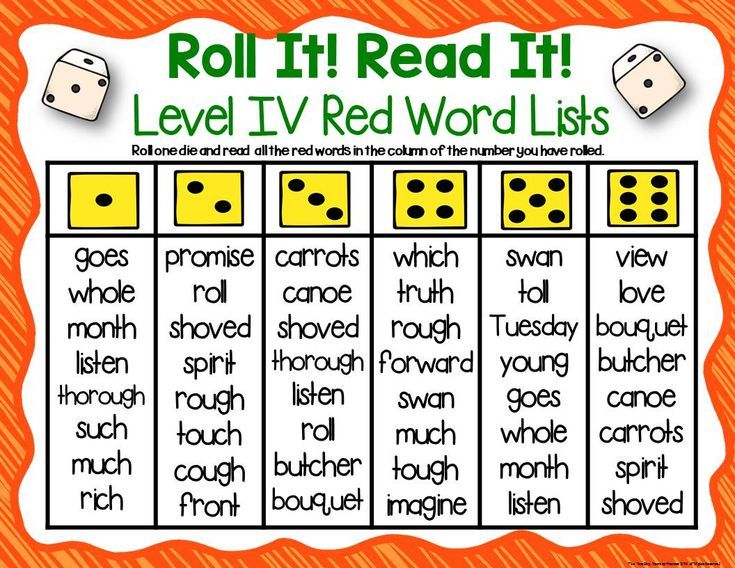 They will have the expertise to guide you in buying the right books for your child.
They will have the expertise to guide you in buying the right books for your child.
It’s also possible for you to look up most books online and find their reading levels. Furthermore, for beginner readers, there are publishers who label books in stages with age and/or grade suggestions attached.
If you’re homeschooling, you can also reach out to your local librarian or bookstores. As people who spend each day surrounded by books, they often have knowledge on this topic and may be able to recommend a few relevant books in your child’s reading level.
What If My Child Is Reading At A Lower Level?
The last thing a parent wants to hear is that their child’s reading level isn’t on par with their peers. But what can you do if, from the assessment used at your child’s school, you find out that your young learner is reading below the average grade level?
Firstly, it’s important not to panic. As mentioned earlier, kids develop reading skills at different stages of their development.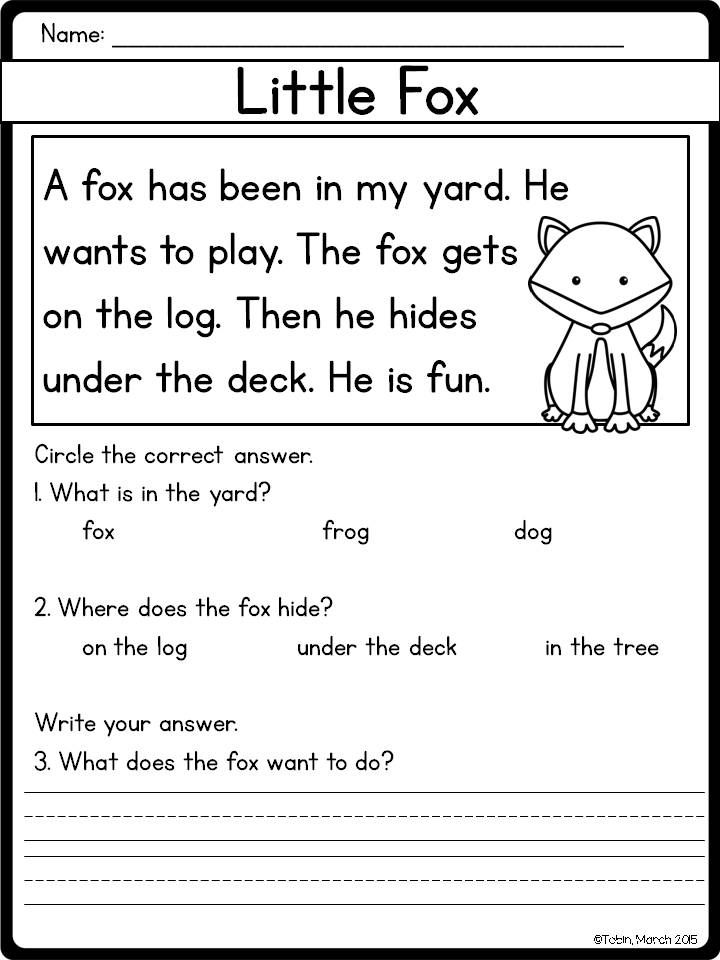 Some children might be early readers, while others may take time to get there.
Some children might be early readers, while others may take time to get there.
The most effective way to help your child improve their reading level is by continuing to encourage reading at home. While reading, remember to discuss the content to ensure comprehension.
Reading For Fun
From assessments to the five-finger rule, determining reading levels varies across the board. No matter which method you choose, remember these measurements are meant to be helpful and encouraging, not stressful and limiting.
Keep this in mind when assessing your young learner. You don’t want your child to sense any stress about their abilities, as this might overwhelm them and have an adverse effect on how they view reading.
While reading is an essential early learning (and lifelong) skill, you want your child to LOVE reading and not only view it as a test of their intelligence.
At the end of the day, the way reading makes your child feel is more important than their reading level.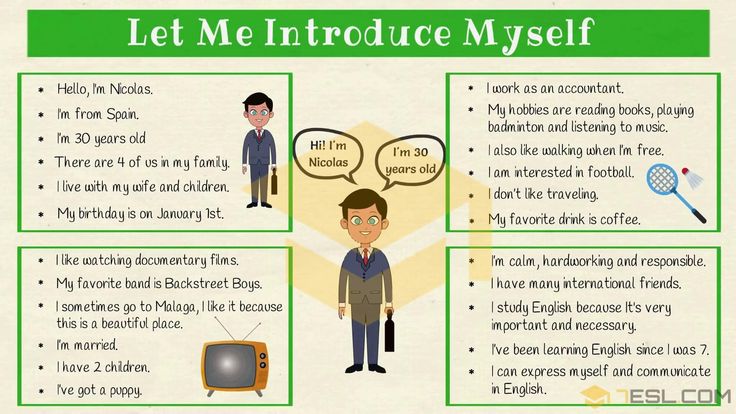 Each child learns in a way that’s special and unique to them.
Each child learns in a way that’s special and unique to them.
The HOMER Road To Reading
The road to discovering how to read can be a fun ride, but sometimes it’s bumpy. This is why we’re more than a learning program. We’re your learning partner.
If you’re looking for a resource to help develop your child’s love of reading and learning, consider taking a look at the HOMER Learn & Grow app. It’s full of stories curated based on your child’s interests!
When your child develops a love for reading, they’ll move up to the next level before you can say “Developmental Reading Assessment”!
Author
Teaching children to read isn’t easy. How do kids actually learn to read?
A student in a Mississippi elementary school reads a book in class. Research shows young children need explicit, systematic phonics instruction to learn how to read fluently. Credit: Terrell Clark for The Hechinger ReportTeaching kids to read isn’t easy; educators often feel strongly about what they think is the “right” way to teach this essential skill. Though teachers’ approaches may differ, the research is pretty clear on how best to help kids learn to read. Here’s what parents should look for in their children’s classroom.
Though teachers’ approaches may differ, the research is pretty clear on how best to help kids learn to read. Here’s what parents should look for in their children’s classroom.
How do kids actually learn how to read?
Research shows kids learn to read when they are able to identify letters or combinations of letters and connect those letters to sounds. There’s more to it, of course, like attaching meaning to words and phrases, but phonemic awareness (understanding sounds in spoken words) and an understanding of phonics (knowing that letters in print correspond to sounds) are the most basic first steps to becoming a reader.
If children can’t master phonics, they are more likely to struggle to read. That’s why researchers say explicit, systematic instruction in phonics is important: Teachers must lead students step by step through a specific sequence of letters and sounds. Kids who learn how to decode words can then apply that skill to more challenging words and ultimately read with fluency.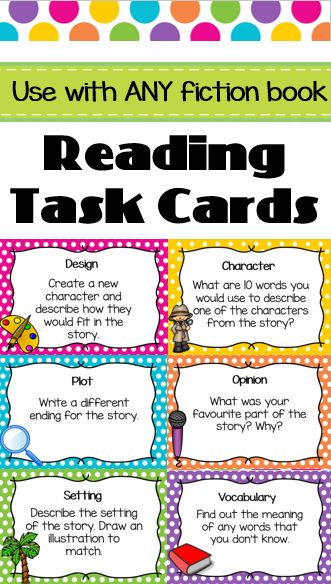 Some kids may not need much help with phonics, especially as they get older, but experts say phonics instruction can be essential for young children and struggling readers “We don’t know how much phonics each kid needs,” said Anders Rasmussen, principal of Wood Road Elementary School in Ballston Spa, New York, who recently led the transformation of his schools’ reading program to a research-based, structured approach. “But we know no kid is hurt by getting too much of it.”
Some kids may not need much help with phonics, especially as they get older, but experts say phonics instruction can be essential for young children and struggling readers “We don’t know how much phonics each kid needs,” said Anders Rasmussen, principal of Wood Road Elementary School in Ballston Spa, New York, who recently led the transformation of his schools’ reading program to a research-based, structured approach. “But we know no kid is hurt by getting too much of it.”
How should your child’s school teach reading?
Timothy Shanahan, a professor emeritus at the University of Illinois at Chicago and an expert on reading instruction, said phonics are important in kindergarten through second grade and phonemic awareness should be explicitly taught in kindergarten and first grade. This view has been underscored by experts in recent years as the debate over reading instruction has intensified. But teaching kids how to read should include more than phonics, said Shanahan.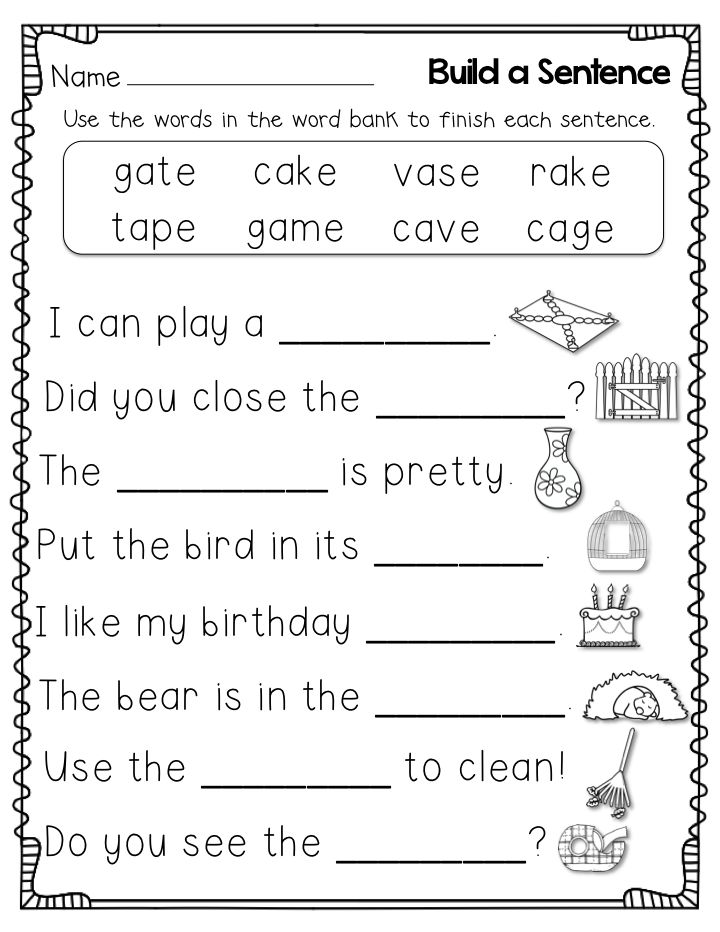 They should also be exposed to oral reading, reading comprehension and writing.
They should also be exposed to oral reading, reading comprehension and writing.
The wars over how to teach reading are back. Here’s the four things you need to know.
Wiley Blevins, an author and expert on phonics, said a good test parents can use to determine whether a child is receiving research-based reading instruction is to ask their child’s teacher how reading is taught. “They should be able to tell you something more than ‘by reading lots of books’ and ‘developing a love of reading.’ ” Blevins said. Along with time dedicated to teaching phonics, Blevins said children should participate in read-alouds with their teacher to build vocabulary and content knowledge. “These read-alouds must involve interactive conversations to engage students in thinking about the content and using the vocabulary,” he said. “Too often, when time is limited, the daily read-alouds are the first thing left out of the reading time. We undervalue its impact on reading growth and must change that.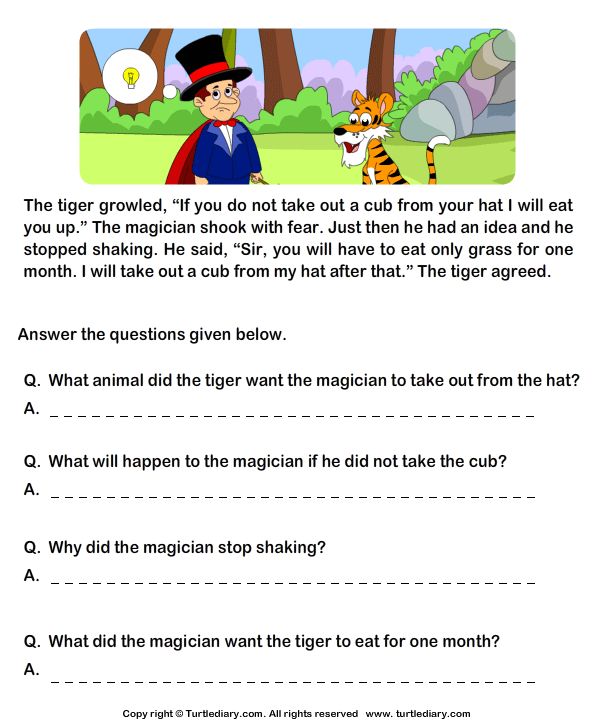 ”
”
Rasmussen’s school uses a structured approach: Children receive lessons in phonemic awareness, phonics, pre-writing and writing, vocabulary and repeated readings. Research shows this type of “systematic and intensive” approach in several aspects of literacy can turn children who struggle to read into average or above-average readers.
What should schools avoid when teaching reading?
Educators and experts say kids should be encouraged to sound out words, instead of guessing. “We really want to make sure that no kid is guessing,” Rasmussen said. “You really want … your own kid sounding out words and blending words from the earliest level on.” That means children are not told to guess an unfamiliar word by looking at a picture in the book, for example. As children encounter more challenging texts in later grades, avoiding reliance on visual cues also supports fluent reading. “When they get to ninth grade and they have to read “Of Mice and Men,” there are no picture cues,” Rasmussen said.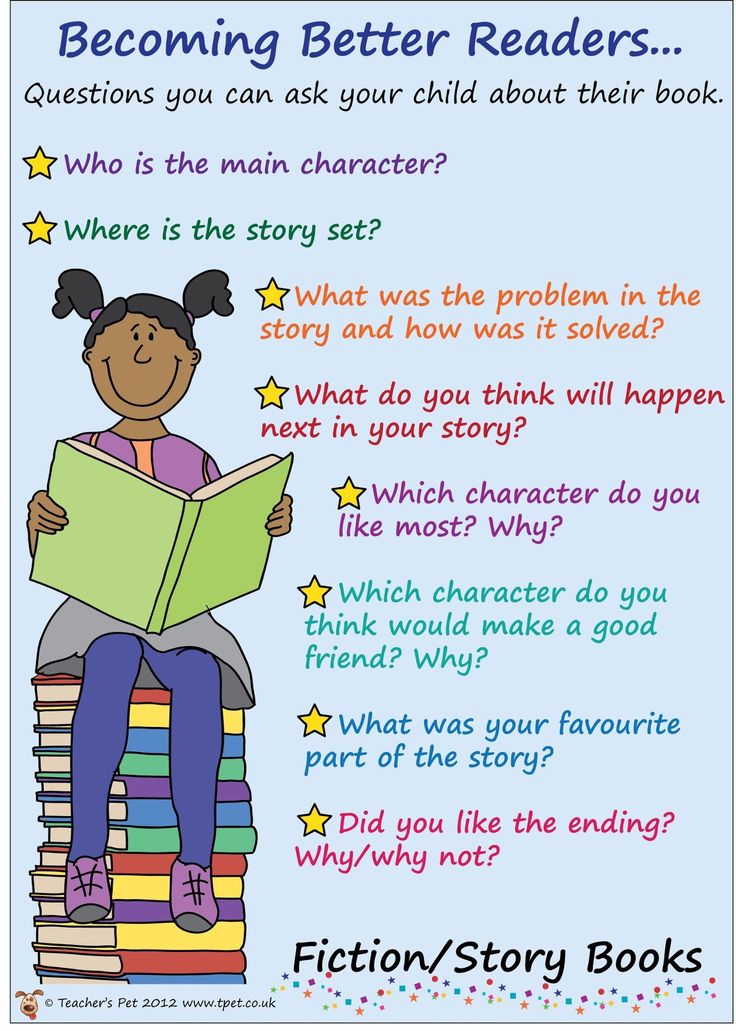
Related: Teacher Voice: We need phonics, along with other supports, for reading
Blevins and Shanahan caution against organizing books by different reading levels and keeping students at one level until they read with enough fluency to move up to the next level. Although many people may think keeping students at one level will help prevent them from getting frustrated and discouraged by difficult texts, research shows that students actually learn more when they are challenged by reading materials.
Blevins said reliance on “leveled books” can contribute to “a bad habit in readers.” Because students can’t sound out many of the words, they rely on memorizing repeated words and sentence patterns, or on using picture clues to guess words. Rasmussen said making kids stick with one reading level — and, especially, consistently giving some kids texts that are below grade level, rather than giving them supports to bring them to grade level — can also lead to larger gaps in reading ability.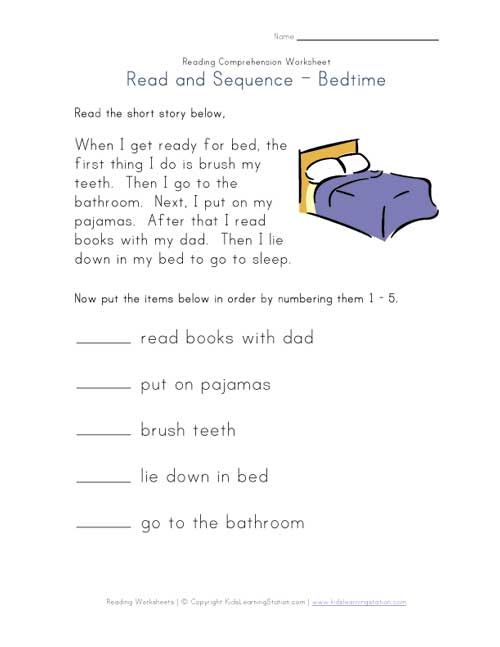
How do I know if a reading curriculum is effective?
Some reading curricula cover more aspects of literacy than others. While almost all programs have some research-based components, the structure of a program can make a big difference, said Rasmussen. Watching children read is the best way to tell if they are receiving proper instruction — explicit, systematic instruction in phonics to establish a foundation for reading, coupled with the use of grade-level texts, offered to all kids.
Parents who are curious about what’s included in the curriculum in their child’s classroom can find sources online, like a chart included in an article by Readingrockets.org which summarizes the various aspects of literacy, including phonics, writing and comprehension strategies, in some of the most popular reading curricula.
Blevins also suggested some questions parents can ask their child’s teacher:
- What is your phonics scope and sequence?
“If research-based, the curriculum must have a clearly defined phonics scope and sequence that serves as the spine of the instruction.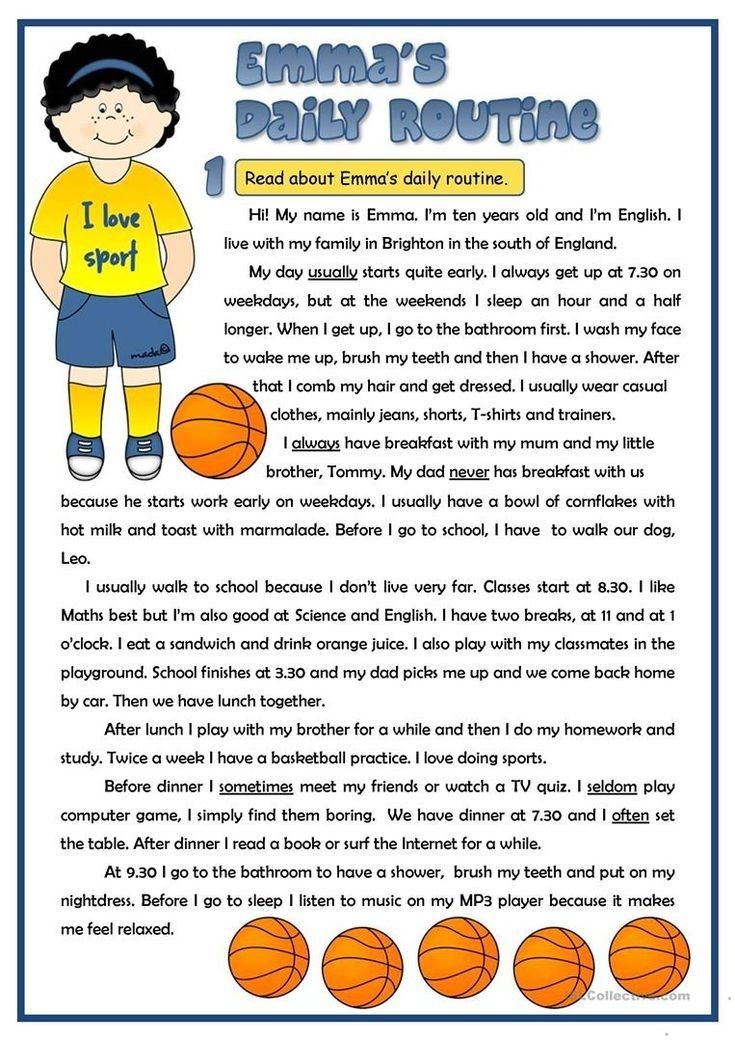 ” Blevins said.
” Blevins said.
- Do you have decodable readers (short books with words composed of the letters and sounds students are learning) to practice phonics?
“If no decodable or phonics readers are used, students are unlikely to get the amount of practice and application to get to mastery so they can then transfer these skills to all reading and writing experiences,” Blevins said. “If teachers say they are using leveled books, ask how many words can students sound out based on the phonics skills (teachers) have taught … Can these words be fully sounded out based on the phonics skills you taught or are children only using pieces of the word? They should be fully sounding out the words — not using just the first or first and last letters and guessing at the rest.”
- What are you doing to build students’ vocabulary and background knowledge? How frequent is this instruction? How much time is spent each day doing this?
“It should be a lot,” Blevins said, “and much of it happens during read-alouds, especially informational texts, and science and social studies lessons.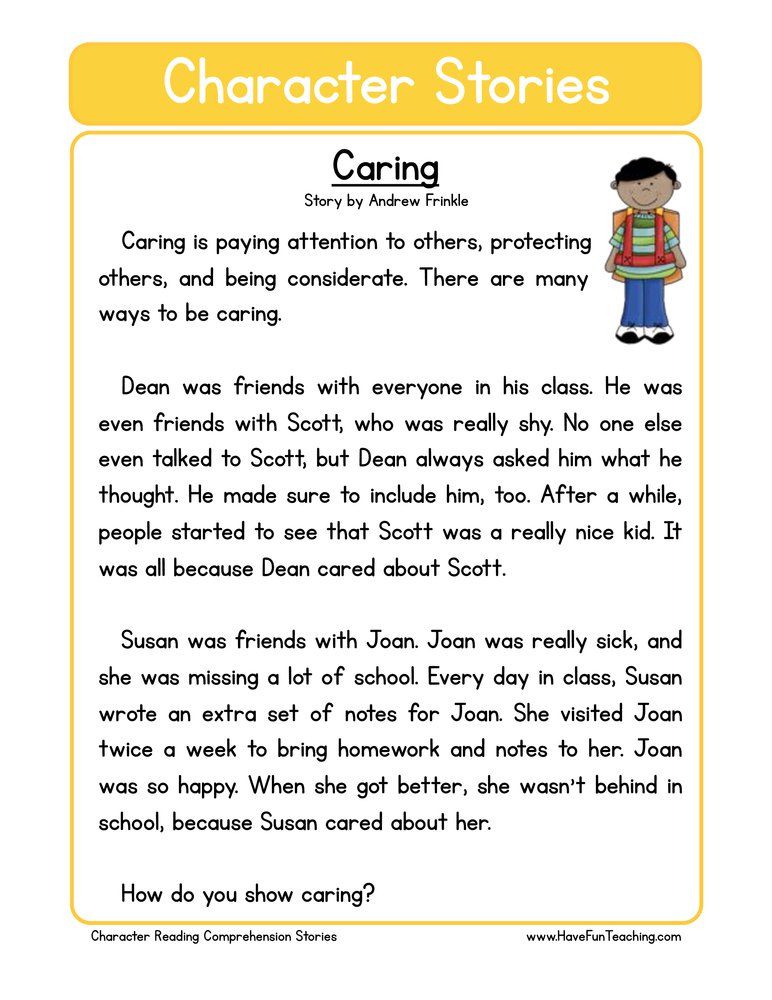 ”
”
- Is the research used to support your reading curriculum just about the actual materials, or does it draw from a larger body of research on how children learn to read? How does it connect to the science of reading?
Teachers should be able to answer these questions, said Blevins.
What should I do if my child isn’t progressing in reading?
When a child isn’t progressing, Blevins said, the key is to find out why. “Is it a learning challenge or is your child a curriculum casualty? This is a tough one.” Blevins suggested that parents of kindergarteners and first graders ask their child’s school to test the child’s phonemic awareness, phonics and fluency.
Parents of older children should ask for a test of vocabulary. “These tests will locate some underlying issues as to why your child is struggling reading and understanding what they read,” Blevins said. “Once underlying issues are found, they can be systematically addressed. ”
”
“We don’t know how much phonics each kid needs. But we know no kid is hurt by getting too much of it.”
Anders Rasmussen, principal of Wood Road Elementary School in Ballston Spa, New York
Rasmussen recommended parents work with their school if they are concerned about their children’s progress. By sitting and reading with their children, parents can see the kind of literacy instruction the kids are receiving. If children are trying to guess based on pictures, parents can talk to teachers about increasing phonics instruction.
“Teachers aren’t there doing necessarily bad things or disadvantaging kids purposefully or willfully,” Rasmussen said. “You have many great reading teachers using some effective strategies and some ineffective strategies.”
What can parents do at home to help their children learn to read?
Parents want to help their kids learn how to read but don’t want to push them to the point where they hate reading.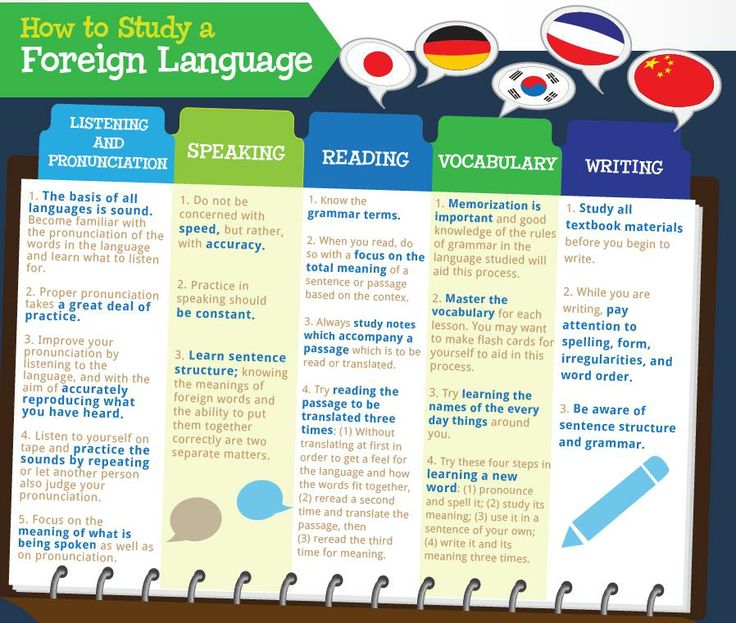 “Parents at home can fall into the trap of thinking this is about drilling their kid,” said Cindy Jiban, a former educator and current principal academic lead at NWEA, a research-based non-profit focused on assessments and professional learning opportunities. “This is unfortunate,” Jiban said. “It sets up a parent-child interaction that makes it, ‘Ugh, there’s this thing that’s not fun.’” Instead, Jiban advises making decoding playful. Here are some ideas:
“Parents at home can fall into the trap of thinking this is about drilling their kid,” said Cindy Jiban, a former educator and current principal academic lead at NWEA, a research-based non-profit focused on assessments and professional learning opportunities. “This is unfortunate,” Jiban said. “It sets up a parent-child interaction that makes it, ‘Ugh, there’s this thing that’s not fun.’” Instead, Jiban advises making decoding playful. Here are some ideas:
- Challenge kids to find everything in the house that starts with a specific sound.
- Stretch out one word in a sentence. Ask your child to “pass the salt” but say the individual sounds in the word “salt” instead of the word itself.
- Ask your child to figure out what every family member’s name would be if it started with a “b” sound.
- Sing that annoying “Banana fana fo fanna song.” Jiban said that kind of playful activity can actually help a kid think about the sounds that correspond with letters even if they’re not looking at a letter right in front of them.
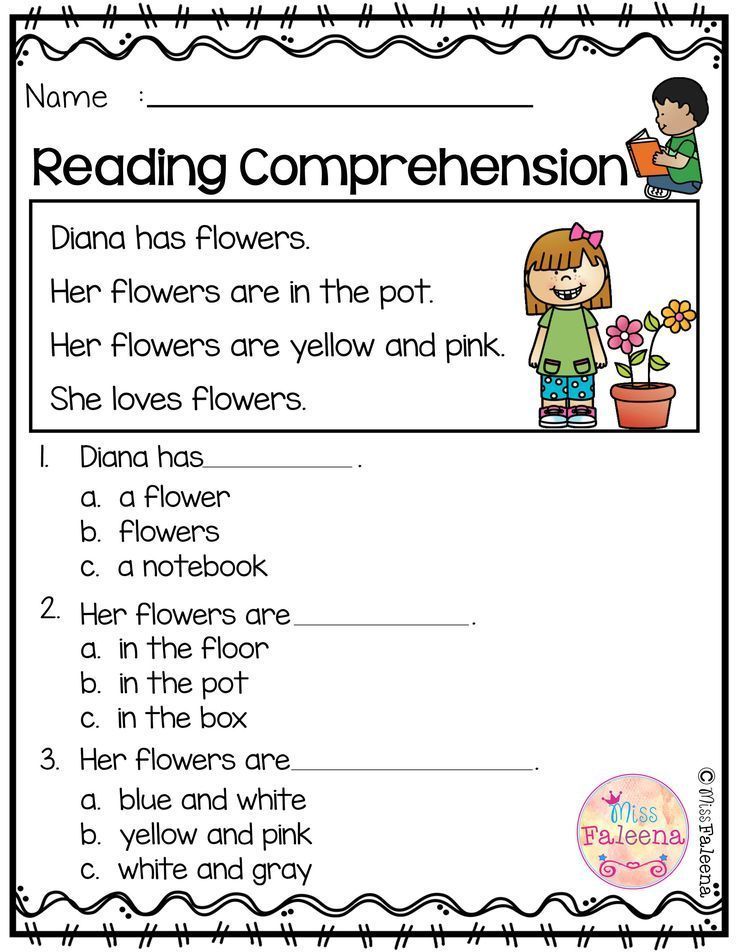
- Read your child’s favorite book over and over again. For books that children know well, Jiban suggests that children use their finger to follow along as each word is read. Parents can do the same, or come up with another strategy to help kids follow which words they’re reading on a page.
Giving a child diverse experiences that seem to have nothing to do with reading can also help a child’s reading ability. By having a variety of experiences, Rasmussen said, children will be able to apply their own knowledge to better comprehend texts about various topics.
This story about teaching children to read was produced by The Hechinger Report, a nonprofit, independent news organization focused on inequality and innovation in education. Sign up for Hechinger’s newsletter.
The Hechinger Report provides in-depth, fact-based, unbiased reporting on education that is free to all readers. But that doesn't mean it's free to produce.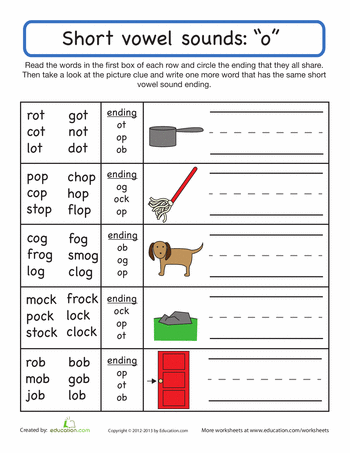 Our work keeps educators and the public informed about pressing issues at schools and on campuses throughout the country. We tell the whole story, even when the details are inconvenient. Help us keep doing that.
Our work keeps educators and the public informed about pressing issues at schools and on campuses throughout the country. We tell the whole story, even when the details are inconvenient. Help us keep doing that.
Join us today.
How to make a child read? – Orthodox magazine “Foma”
Approximate reading time: 10 min.
-
100%
+
Embed code
Code copied
Is it possible to persuade a child to read? Is it worth spending time talking about the benefits of reading, or is it better to force it hard? What should a parent do if he gives up in despair because the child does not read and has a reputation as a lazy person at school? We talk about myths, stereotypes and mistakes of parents with child neuropsychologist Maria Chibisova.
In the first grade, the child did not read well, with difficulty putting letters into words. Over time, the skill of reading developed, but neither at ten nor at fourteen years old does the child have the habit of reading. At the same time, everyone in the family has a higher education, everyone reads a lot and considers reading an inexhaustible resource and an extremely important skill. What to do?
Over time, the skill of reading developed, but neither at ten nor at fourteen years old does the child have the habit of reading. At the same time, everyone in the family has a higher education, everyone reads a lot and considers reading an inexhaustible resource and an extremely important skill. What to do?
Reading books is good. But we must not forget and take into account the time in which we live. Today, information is perceived in a way that is different from what it was five to ten years ago. We used to read books, newspapers and magazines - this was the main way to get information. Today we receive it through a computer and from the Internet. Therefore, the requirements of fathers and mothers regarding reading are often not entirely adequate and do not take into account the modern context. This is first.
Secondly, parents are often too emotional in their expectations. In annoying and strict conversations, expressions can slip through: “if you don’t read, you will grow up as a janitor .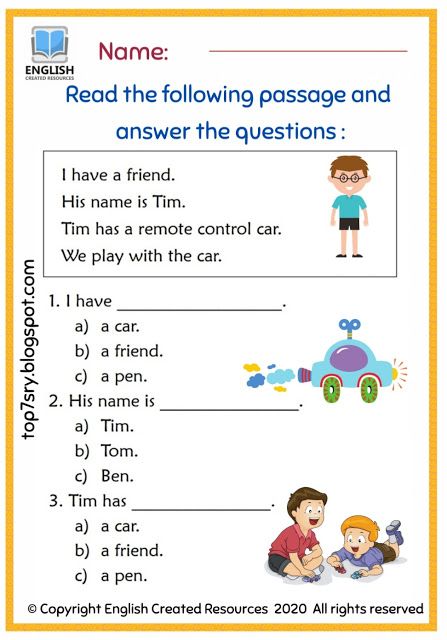 ..”. By the forces of parents there is a substitution of meanings. Instead of "reading is interesting and great pleasure", we get: "reading is right, it is necessary."
..”. By the forces of parents there is a substitution of meanings. Instead of "reading is interesting and great pleasure", we get: "reading is right, it is necessary."
Expectations of this kind from relatives cause a child, first of all, tension, which gives rise to a complex of "meeting expectations." The very fact of reading ceases to be a process for him and turns into a "fad". Reading becomes a load, tension, and at the output it causes protest.
That is why so many parents are faced with the fact that today's children have no interest in books at all, they do not perceive them.
But there is another side. Children have difficulty reading and get tired easily. Shouldn't they be forced to read, so that through regularity a habit develops?
"How to make people read?" - such a wording should not exist at all. In this usage, you can immediately hear the negative connotation: reading is terrible, bad, difficult, and therefore you need to force it.
In fact, reading is one of the child's skills that can bring pleasure and is a positive moment in his life.
In general, there has been a tendency lately to escalate the situation not only around reading, but in general around teaching children, preparing them for school. Education began to take up too much time in a child's life, compared to how it used to be. The emotions of parents in this regard also increased. Emotions are very specific, which are imposed on the child: we want you to be an excellent student. Parents regularly transfer their own school experience, often negative, to the child. The process of schooling thus becomes very stressful. And reading is the most telling example here.
Many parents naively believe that if my child can read, he or she is ready for school. This is a huge mistake. And this is absolutely not true.
Why?
Reading and writing are the last things a preschooler should be able to do. The primary is the level of development of higher cognitive functions: whether he is able to concentrate attention, how self-control and motivation are developed in him.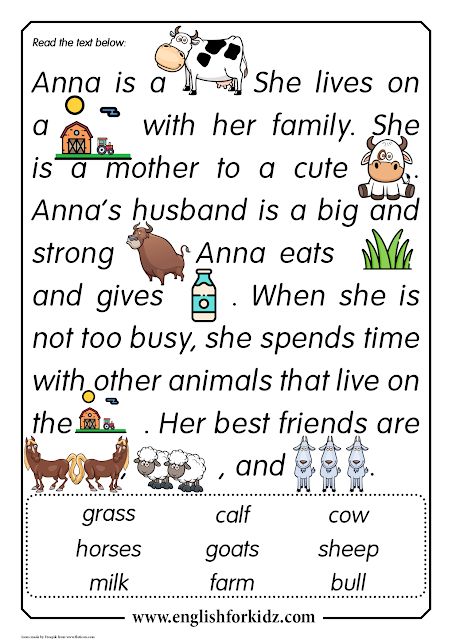 This is no longer about game motivation, which still remains in the asset of any child by school, but about cognitive motivation. Is the child able, without any pressure from outside, on his own initiative and with natural interest, to sit and study something? Does he have enough strength for this?
This is no longer about game motivation, which still remains in the asset of any child by school, but about cognitive motivation. Is the child able, without any pressure from outside, on his own initiative and with natural interest, to sit and study something? Does he have enough strength for this?
Very often (before the first year of life) parents show the letters on the cards to the baby, hoping to teach him to read: “so small, but he will already know the letters!” But in fact, for parents, this is more about satisfying their ambitions than the natural needs of the child. Of course, he will not know anything, because purely physiologically, at the age of one, the parts of the brain responsible for distinguishing signs, their retention and reproduction have not yet been formed. In the best case, if something succeeds, it is to develop a conditioned reflex.
If a child develops harmoniously from the first years of life, if parents are attentive to the course of the process of his development, attentive to his needs in this development and give the child what he needs and is important at each specific period of his life, then reading will appear by itself and problems will not arise with him.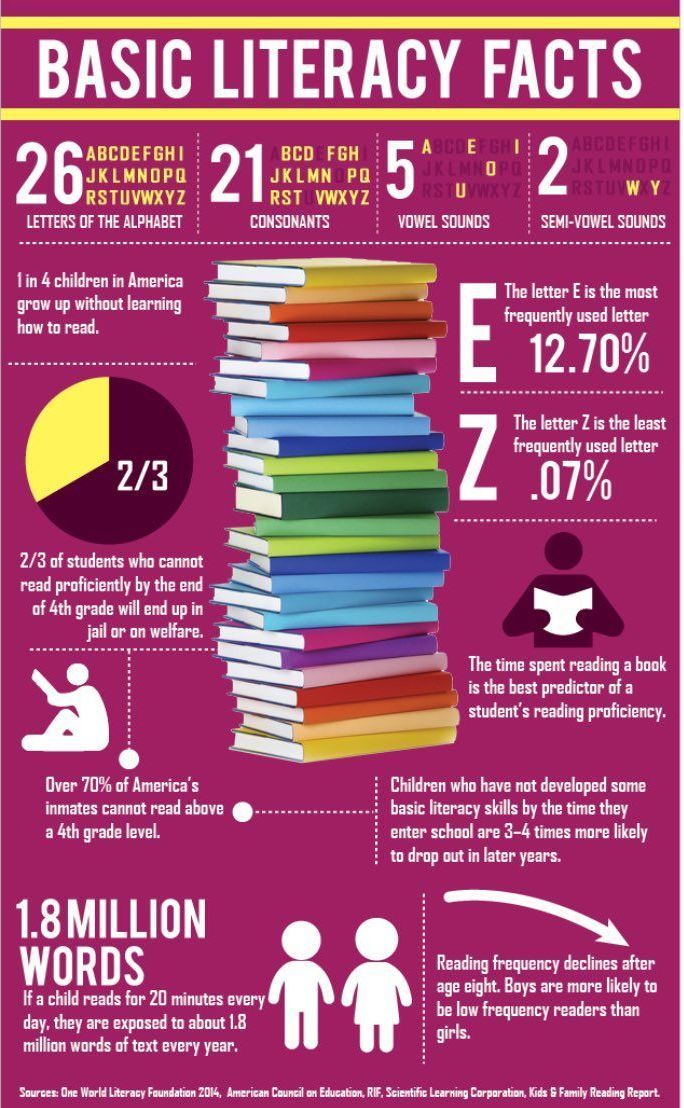
How many examples we see of children learning to read on their own. Usually - this happens at five or six years old, sometimes even at four. They begin to show interest in letters, inscriptions on the street, they quickly grasp and remember. And for this it is not at all necessary to organize some special process. The emergence of this interest is a sign of the physiological formation of the brain, preparedness for the perception of this information. But in no case should you immediately load the child: oh, you started reading, now you will do it every day with us, like lessons. Reading should not turn into a "compulsory duty". It should be a pleasant pastime in which the child achieves success, an exciting game. The tasks that a parent sets for a child should be based not on expectations, but on opportunities.
It is even more impossible to force a child to read. Any violence always has consequences. At the very least, reading will not be a voluntary and natural process.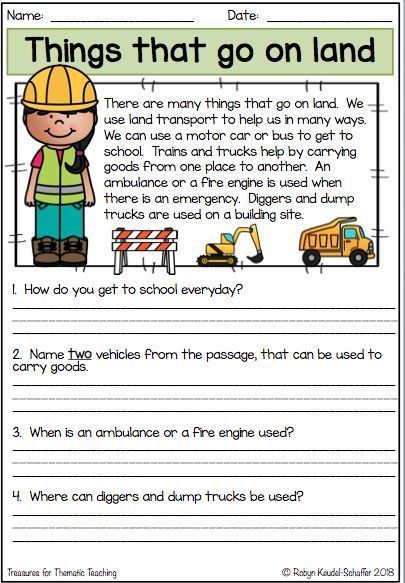 In the matter of reading, there must definitely be freedom. The child should enjoy reading. After all, reading is an activity that, by definition, cannot be disliked. We must arouse interest in this process, support and help overcome difficulties. The main question that parents should face is not “how to force?”, But “how to help in reading?”
In the matter of reading, there must definitely be freedom. The child should enjoy reading. After all, reading is an activity that, by definition, cannot be disliked. We must arouse interest in this process, support and help overcome difficulties. The main question that parents should face is not “how to force?”, But “how to help in reading?”
There is an opinion that if a child sees a parent with a book, he will certainly read it.
Not necessarily, but the proportion of probability does increase. If a child sees from an early age that a book is a common and necessary item in the house, everyone uses it, that through the book he himself receives positive emotions, the likelihood that he will continue to want to receive these emotions is very high.
If no one in the family reads, and parents demand from the child what they do not do themselves, then reading can become a field of resistance and war between the child and adults. The attitude towards reading should be normal, not strongly emotionally charged and rather positively colored.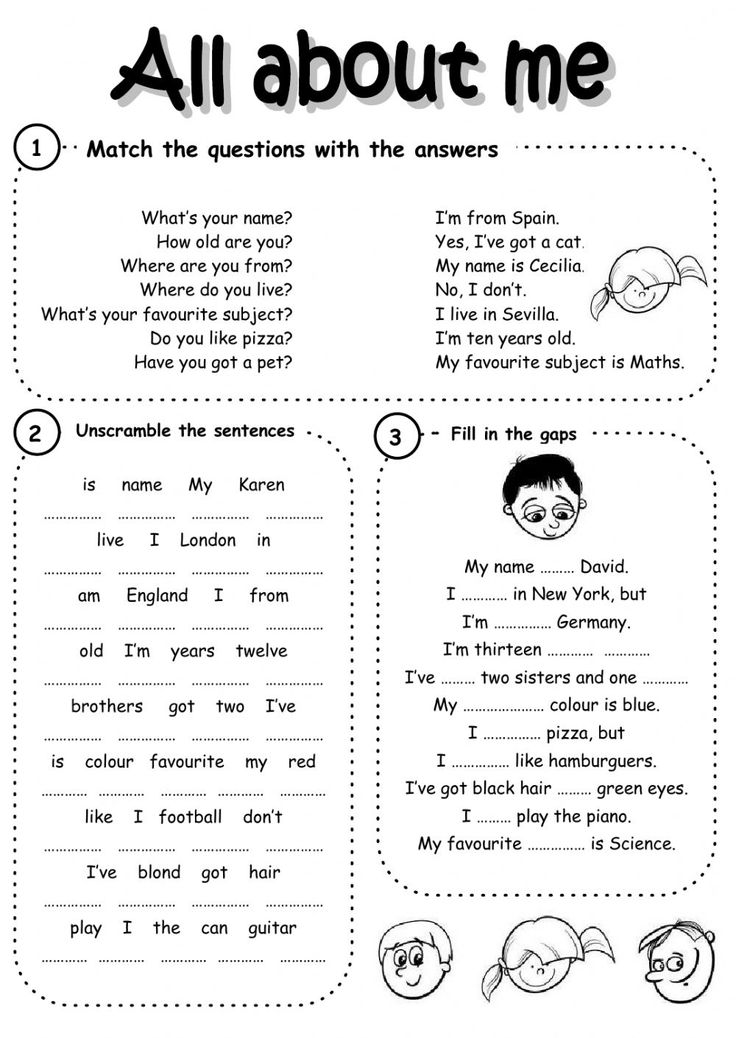
If parents are engaged in their own development, and the child observes this, if he sees that dad and mom are interested in a lot of things, including reading, reading for them is not hard work, but easy and pleasant leisure, then children are emotionally fed from this .
When a child is small, we are ready to be indulgent about the lack of interest in reading. But I would like that when reaching a certain age, 10-14 years old, the child still reads and the initiative comes from him, so that he takes the book himself. And it happens differently. The initiative does not come from one child, but from another, but preference is given to literature not according to age: comics instead of the novel. What can this be connected with?
Let's start with the older ones. Fourteen years is adolescence, when a person's motivation is no longer cognitive at all. At this age, children usually begin to study worse and lose interest in learning. This is fine. It is not necessary to expect that the child's interest in books will be greater and more sincere than in communication.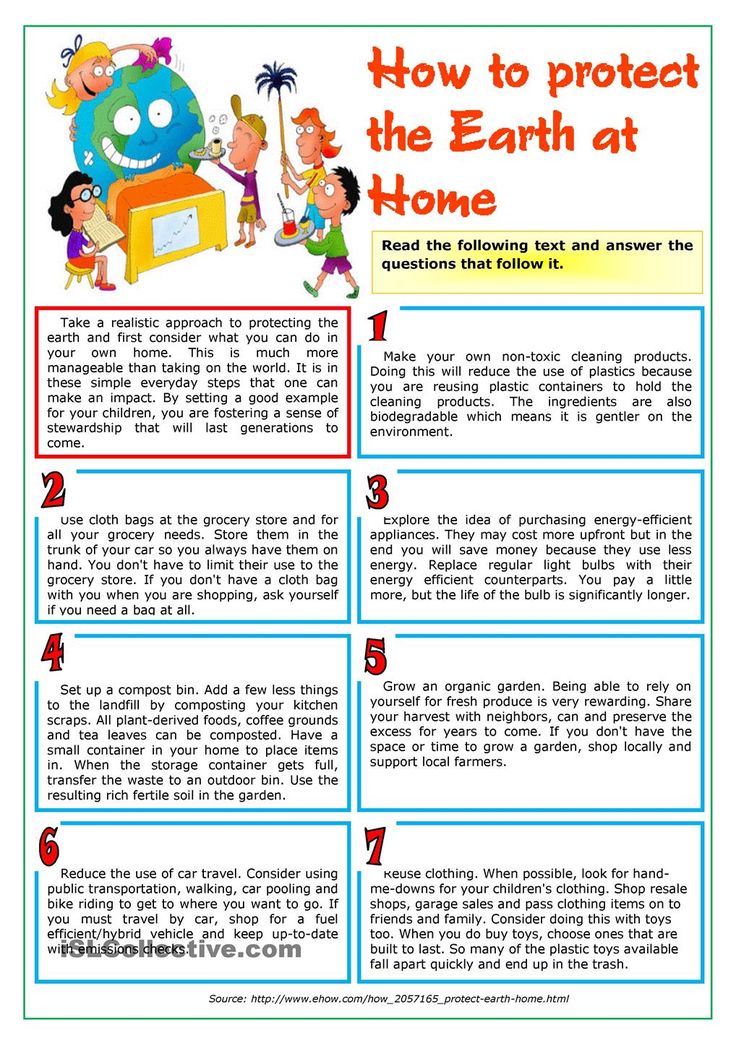 If a child develops normally, then he will prefer communication with peers to books. But if at the age of fourteen he sits with a book, then this rather indicates that he is leaving for his own world and, perhaps, is incompetent among peers and in communications.
If a child develops normally, then he will prefer communication with peers to books. But if at the age of fourteen he sits with a book, then this rather indicates that he is leaving for his own world and, perhaps, is incompetent among peers and in communications.
Children aged 8-11 are a completely different story. This is the most learning age. The leading activity, that is, training, should be normal for them. And here parents want their child to read serious books. What does this say? Only about their own ambitions: look at what a developed child we have, what an educated and intelligent family we have.
There is nothing wrong with comics. On the one hand, it is fashionable and accepted among peers, on the other hand, it is simple: large text, colorful pictures, no effort is needed.
Of course, not the last role in reading (and interest in simply viewing comics) is played by difficulties of a physiological nature. Now, in many children, we observe precisely functional difficulties. As a rule, they are the result of a lack of attention, and severe fatigue, and difficulties in mastering the motor program.
As a rule, they are the result of a lack of attention, and severe fatigue, and difficulties in mastering the motor program.
In children who did not crawl until one year old, or crawled a little, writing and reading difficulties are found over time. During crawling (motor development), a motor program is assimilated when we learn how to put small elements into larger ones. Sounds into syllables, syllables into words, words into sentences. The basis of this process is the assimilation of the motor program.
Speech difficulties have also become common: children speak late and do not speak well. And poor pronunciation often turns into dyslexia, dysgraphia. When the process of literature itself is difficult for a child, this is a signal. . Why is it so? Parents must answer. If you do not deal with the child, do not compensate for the difficulties, do not study enough, then the probability of subsequently finding reading difficulties is 100%. Reading is the same process as speaking, only more complex.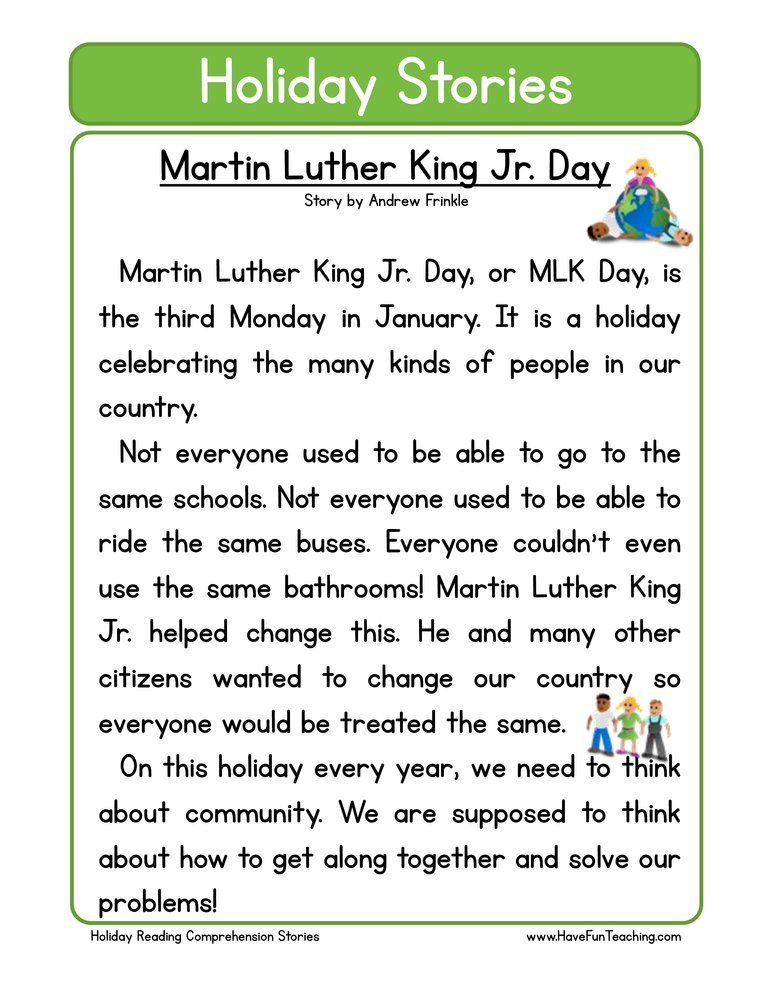 While reading, we do not just assimilate auditory images, but connect auditory images and visuo-literal ones. And it is no wonder that children refuse to read. What is difficult to do, you do not want to do. What is easy, interesting and enjoyable, brings the child some kind of childish benefit - is positively fixed in the mind. The child is ready to return to this. It is useless to say: it will come in handy, it will be useful. You can, of course, say this, but it is naive to hope that this will influence and rebuild the child's view. Until the child himself really receives the benefits and benefits (of his children's) from this, he will not understand all the benefits of reading. That is why it is important that the reading process is positively colored. Be sure that then the child will prefer to use this method of obtaining information again.
While reading, we do not just assimilate auditory images, but connect auditory images and visuo-literal ones. And it is no wonder that children refuse to read. What is difficult to do, you do not want to do. What is easy, interesting and enjoyable, brings the child some kind of childish benefit - is positively fixed in the mind. The child is ready to return to this. It is useless to say: it will come in handy, it will be useful. You can, of course, say this, but it is naive to hope that this will influence and rebuild the child's view. Until the child himself really receives the benefits and benefits (of his children's) from this, he will not understand all the benefits of reading. That is why it is important that the reading process is positively colored. Be sure that then the child will prefer to use this method of obtaining information again.
And if not physiology, then what else can be connected with the refusal of children to read, for example, poetry, voluminous novels?
We live in the era of the computer and TV.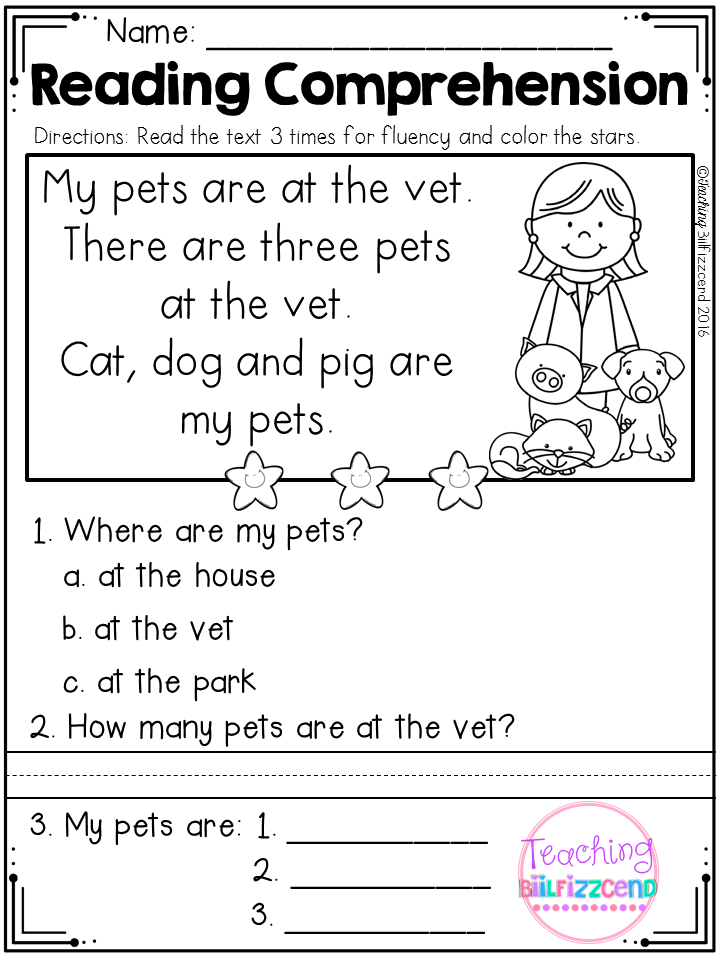 Information is given and received in a primitive and easy manner. This way of perceiving information is a passive way. Everything is immediately provided to a person in a chewed form. It does not require any additional voltage. Pay attention and everything. The brain quickly learns to work on reduced energy consumption, not to overstrain. Reading is a process during which a person engages many higher mental functions.
Information is given and received in a primitive and easy manner. This way of perceiving information is a passive way. Everything is immediately provided to a person in a chewed form. It does not require any additional voltage. Pay attention and everything. The brain quickly learns to work on reduced energy consumption, not to overstrain. Reading is a process during which a person engages many higher mental functions.
But it is impossible to categorically dismiss everything: a computer, the Internet, TV, because sooner or later you will have to face the fact that "forbidden fruit is sweet." Dissatisfaction due to prohibitions, incompetence among peers can already cause new problems. Parents should be able to be flexible and understand that they are free to prompt and guide the child here, offering, for example, educational computer games.
So we are degrading?
Well, not in that sense. But the fact that a computer or TV tires and overexcites the nervous system, but does not develop it and the brain, is a fact.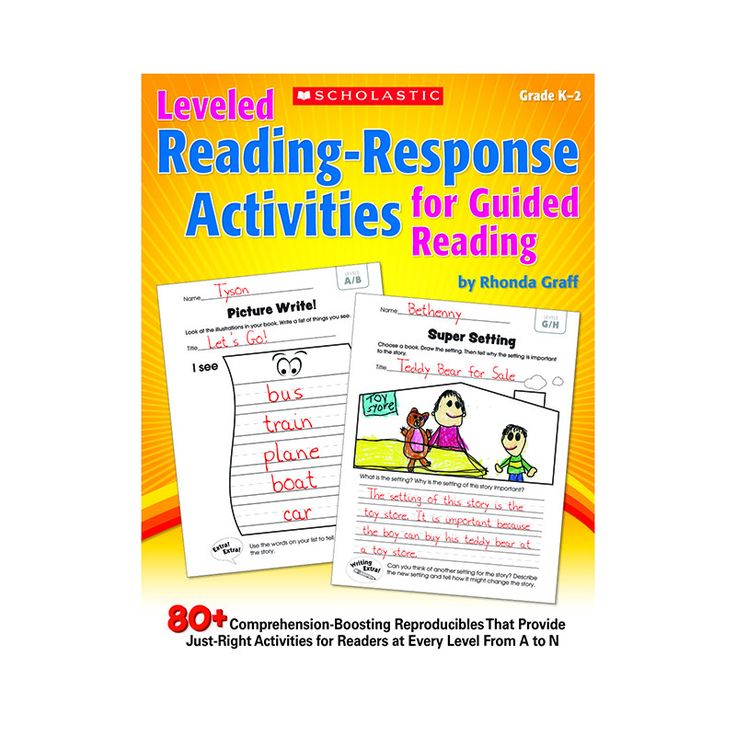
If we talk about the language, then it really has become simpler. And it is becoming more and more difficult for children to perceive poetry. In addition, rhythmic organization plays an important role. If, for example, a child was not read much poetry in childhood, then the child will not develop interest in them, it will be difficult for him to perceive this genre even in middle age.
Therefore, start reading good poems to your child as early as possible, so that he wakes up the pleasure of the sound of words, rhymes, and their understanding. Engage in his cognitive development. Play attention, reaction, memory games that develop spatial thinking, fine and gross motor skills, etc. Develop higher mental functions in a child. This will be the best preparation for reading and help in mastering reading and writing.
Child development must be approached from different angles. Definitely, you need to read together, as well as attract to culture: go to theaters, listen to classical music together.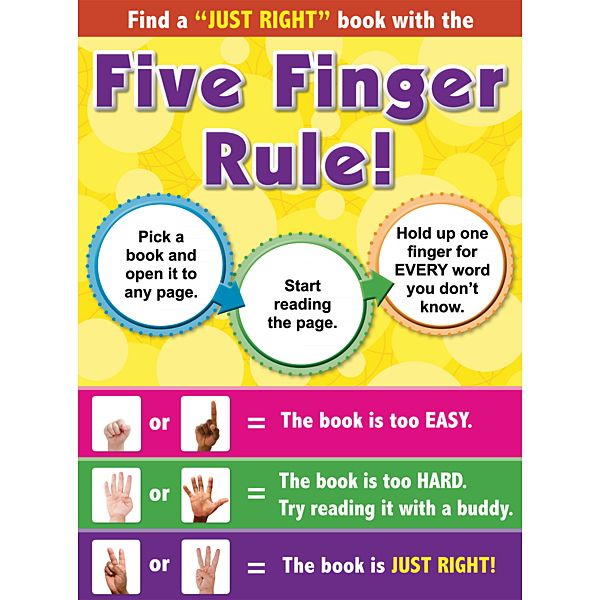 It is important to develop a child culturally. If the whole family attends exhibitions, goes to the cinema, the circus, and does it not because “it’s necessary, it’s customary”, but because it causes a lot of positive emotions, then this will certainly arouse interest in reading. The computer and TV should cause parents anxiety when they take up all the space and time in the child's life, and generally lead to an unwillingness to develop in the full sense of the word.
It is important to develop a child culturally. If the whole family attends exhibitions, goes to the cinema, the circus, and does it not because “it’s necessary, it’s customary”, but because it causes a lot of positive emotions, then this will certainly arouse interest in reading. The computer and TV should cause parents anxiety when they take up all the space and time in the child's life, and generally lead to an unwillingness to develop in the full sense of the word.
Read to children from an early age, choosing books according to age, needs, and most importantly, interest. Do not live by your own ambitions or imposed ideas about the child, be guided by him and most likely in the future reading will not cause difficulties for your child.
How to "force" a modern child to read?
“Our goal is to instill in a child the idea that being smart and well-read is as cool as having an iPhone”
How to get a child to read?! How to distract him from the computer and favorite gadgets? Shamil Akhmadullin, the founder and head of the speed reading center for children, answers these and other questions that worry modern parents.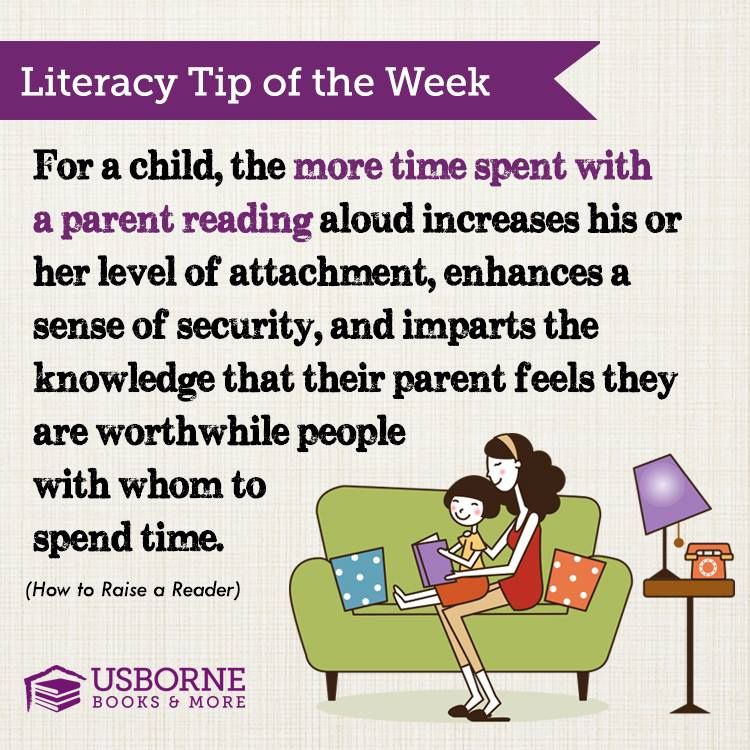
Shamil Akhmadullin — psychologist, teacher, candidate of psychological sciences, author of more than 30 books and manuals on the effective education of children and adolescents. Founder of a network of schools for speed reading and intelligence development in children
A CHILD SHOULD BE PRAISE FOR READING, THEN HE WILL READ MORE
— Shamil, what questions do you most often hear from parents who bring their children to your center? What worries them?
- Most often I hear: “Does not read! He hangs all the time on his phone or at the computer! ”,“ How to teach him (her) to read ?! He doesn’t read at all, but you can’t tear yourself away from TV shows or anime!”, “Very bad memory, everything he reads about he immediately forgets!”. This is just a small list of questions and complaints that we hear from parents.
Unfortunately, this fact is becoming the norm, because different generations were brought up differently.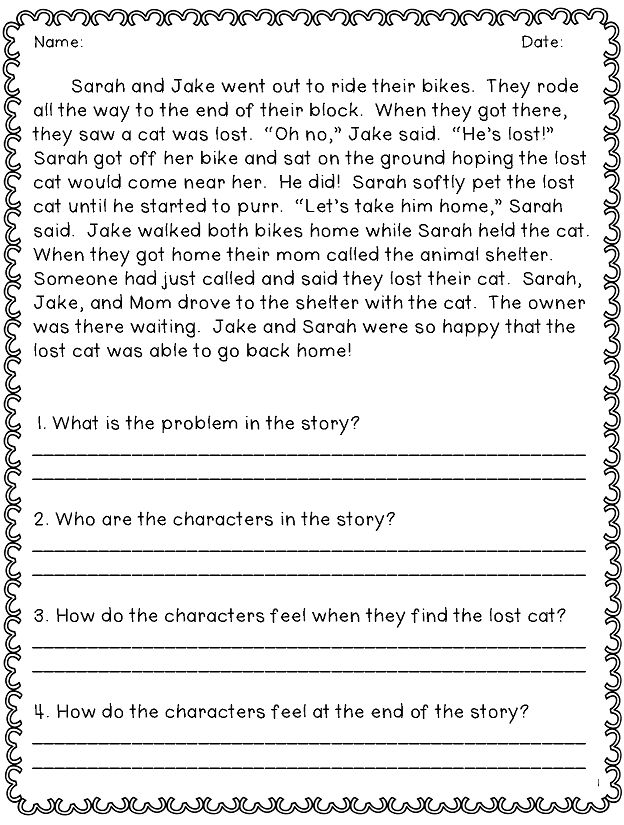 Most current parents once knew nothing more interesting than a book. We read secretly, under a blanket with a flashlight. Previously, the book was associated with success. Times go by, many things in the world change, but one thing remains unchanged - to gain knowledge, you need to read. And read a lot.
Most current parents once knew nothing more interesting than a book. We read secretly, under a blanket with a flashlight. Previously, the book was associated with success. Times go by, many things in the world change, but one thing remains unchanged - to gain knowledge, you need to read. And read a lot.
— Why do you think children don't like to read now?
- Because reading makes them tense. In every sense of the word. When you read books, you need to analyze, draw your own conclusions, build logical chains ... For many, this is difficult. It is much easier to get information from the Internet or on TV, where there are already ready-made opinions. And reading itself for a child is now not a pleasure, but a tedious task. But if you learn to read correctly, then reading for a child will only be a joy.
Akhmadullina's student demonstrated an increase in reading speed in the Living Healthy program
— What do you need for this?
— It is very important to learn to read correctly.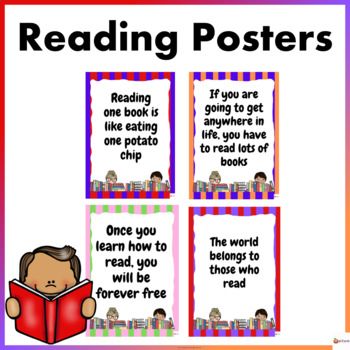 When do we consider that a child has learned to read?
When do we consider that a child has learned to read?
When he can more or less read to himself and seems to remember something from what he read. At school, reading technique is tested several times, and a child reading at a speed of 130 words per minute is already normal. I am generally silent about understanding - no one checks it with us.
That's it! This completes teaching a child one of the most important skills in life. And he is doomed to read slowly and incorrectly all his life.
It is also very important who teaches. After all, when a young, ambitious coach teaches, who enjoys what he does, the children are charged with his energy. They want to be like him. When such a coach shows a child that it is fashionable and prestigious to be smart and well-read, then the results in teenagers grow like mushrooms after rain.
One of our main learning goals is to put into the child's mind the idea that being a smart, well-read and erudite person is just as cool and fashionable as having an iPhone.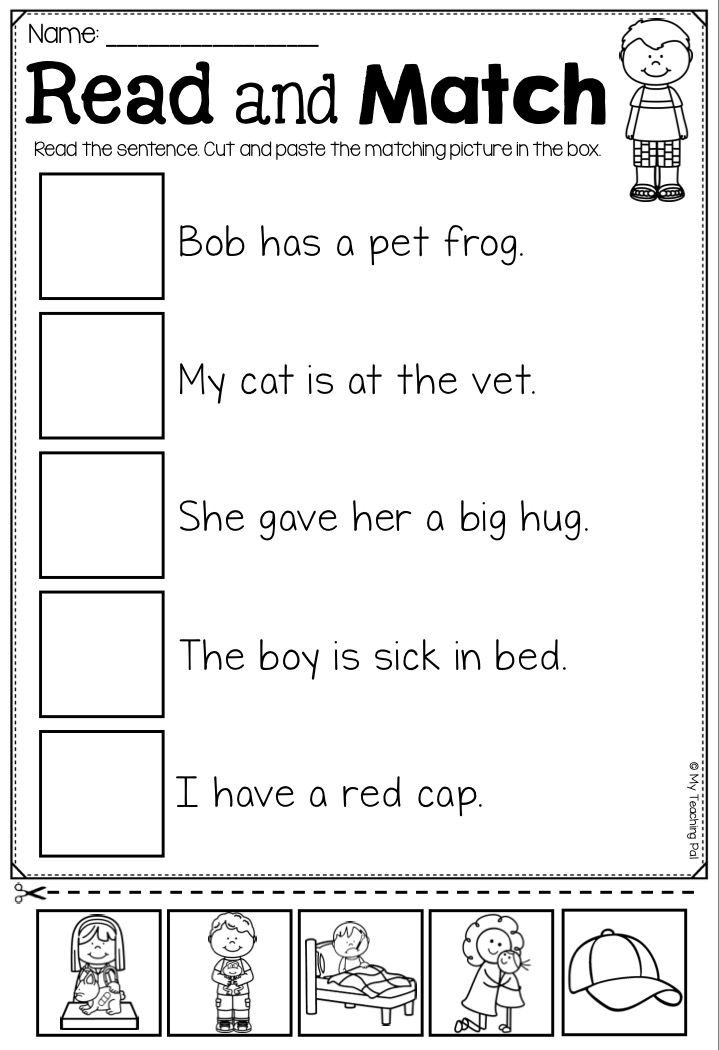
The method has won various awards
"TEACHING CHILDREN MUCH MORE EFFECTIVELY THAN ADULTS"
— To what extent does the possession of speed reading skills affect success in life?
— This is probably not very important for working professions. But for knowledge workers, for business owners, for managers, this is the main skill that leads to success. For example, in Western Europe and the United States, in most companies for middle and senior management, a necessary condition is reading at least 500 words per minute. Simply because otherwise he will not be able to cope with his duties. In our country, even company executives read on average at a speed of 150–250 words per minute, which is very little.
Are these statistics or your own observations?
Both statistics and my own observations. Since my student days I have been fond of speed reading.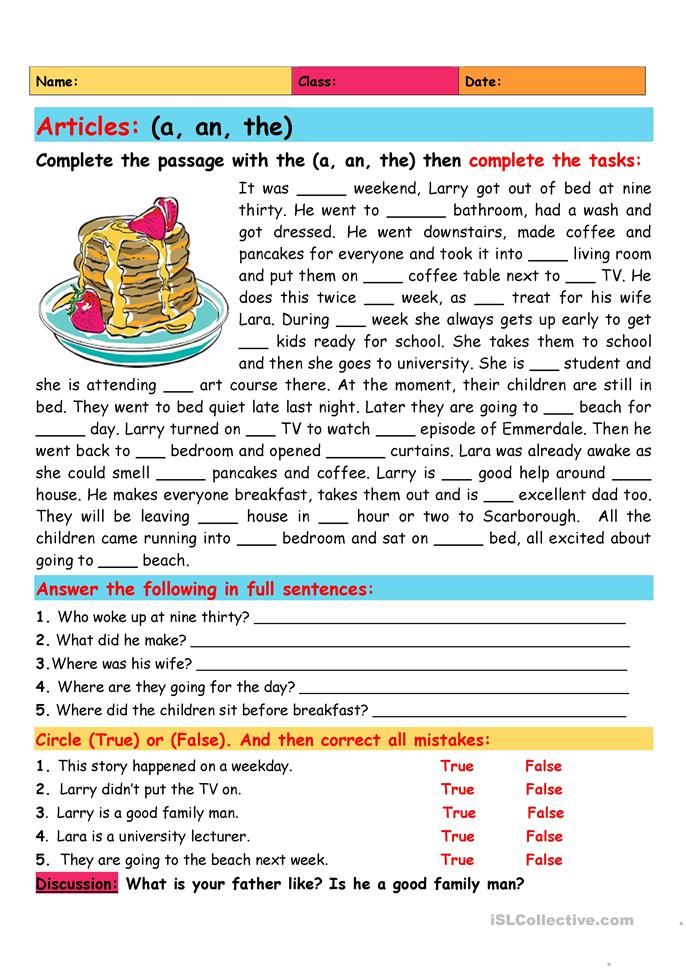 Passed almost all speed reading trainings in the CIS and several foreign ones. He developed his own methodology, conducted speed reading trainings for adults and studied individually. Most of my clients were business leaders and high officials. Once one of them told me: “Shamil, I have a 10-year-old son, can you teach him to quickly perceive information, just like you teach me? In the future, I'm going to hand over my business to him." Then for the first time I thought that teaching children is much more effective than adults.
Passed almost all speed reading trainings in the CIS and several foreign ones. He developed his own methodology, conducted speed reading trainings for adults and studied individually. Most of my clients were business leaders and high officials. Once one of them told me: “Shamil, I have a 10-year-old son, can you teach him to quickly perceive information, just like you teach me? In the future, I'm going to hand over my business to him." Then for the first time I thought that teaching children is much more effective than adults.
— So the idea to educate children came from a conversation with your business client?
- You could say yes. I did not engage in individual work with his son, but developed a five-week program specifically for children, assembled an experimental group (which included the son of this entrepreneur) and began the experiment.
I corrected a lot in the methodology already in the process of training the first group, but even in this format the guys got excellent results.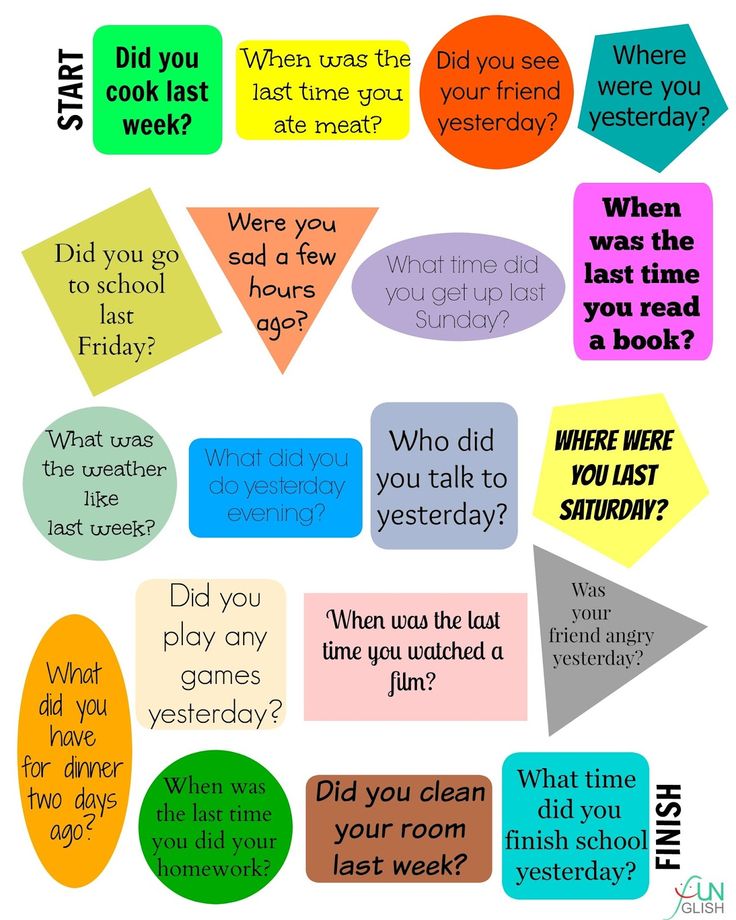 The age of the group was from 7 to 15 years. For 10 lessons, the reading speed of the group increased by 2.36 times, despite the fact that the understanding of the text increased significantly. And the worst result was a speed increase of 1.9times.
The age of the group was from 7 to 15 years. For 10 lessons, the reading speed of the group increased by 2.36 times, despite the fact that the understanding of the text increased significantly. And the worst result was a speed increase of 1.9times.
But this is only what lies on the surface. In the study, we measured memory and attention before and after classes, and they also showed a significant increase. But this is already a nice bonus for both parents and children.
- At what age can a child be taught speed reading?
- From the moment a child can read to himself, that is, from the age of 6-7. There are no contraindications, we teach children in three age groups: from 6 to 8 years old, from 9up to 12 years old and from 13 to 17 years old.
— How to get to your speed reading center?
— To do this, you need to sign up for an interview with us.



